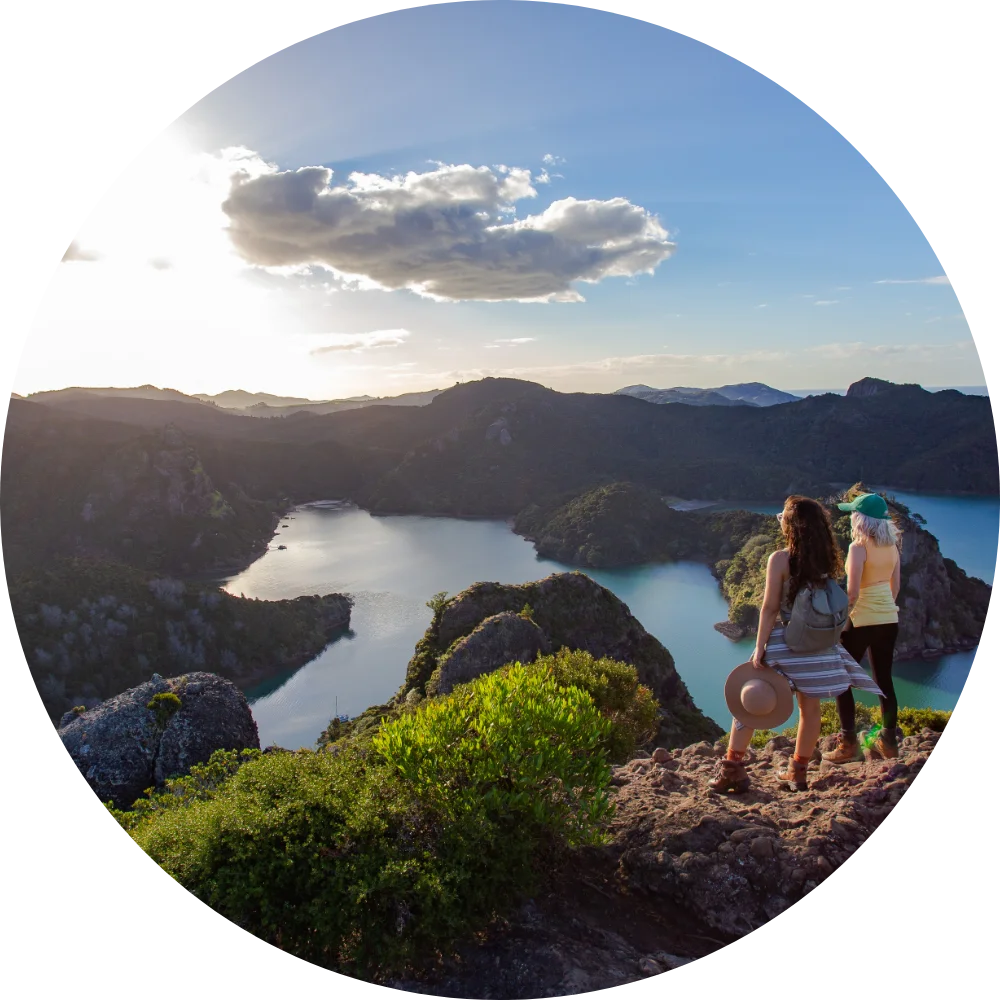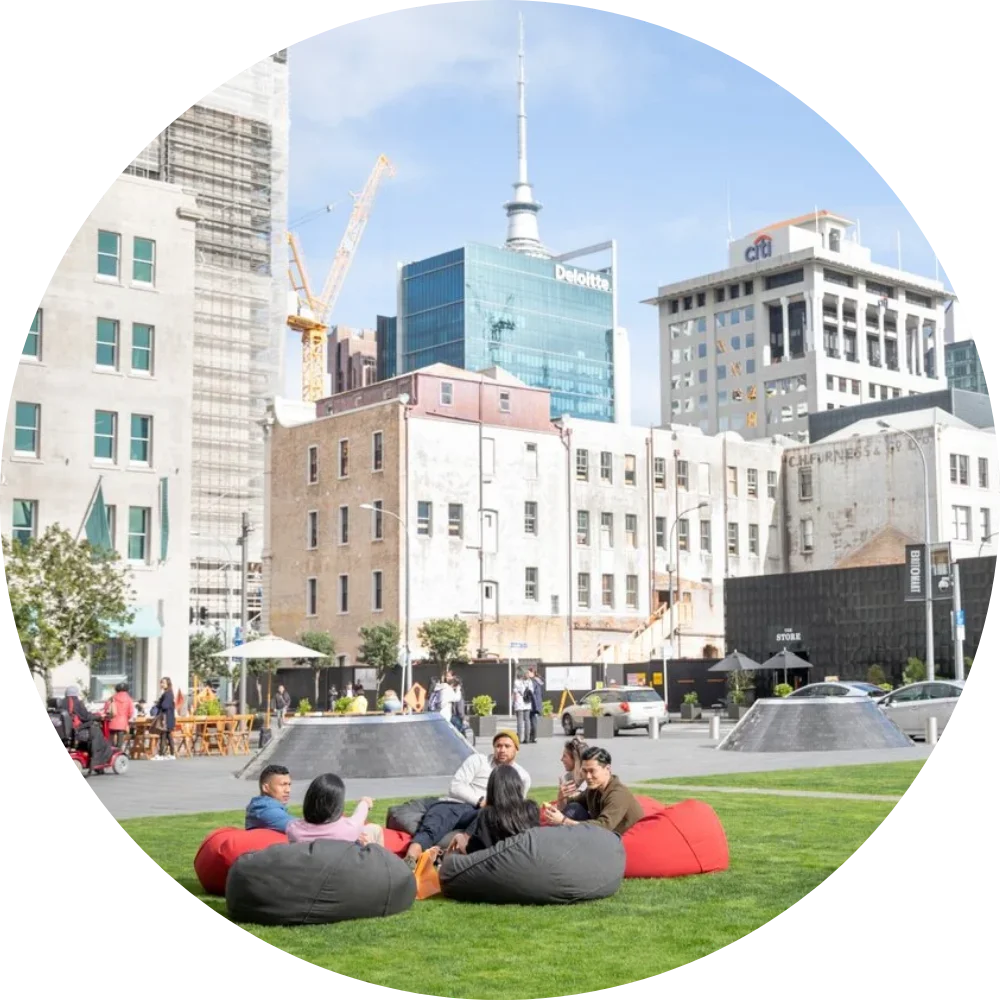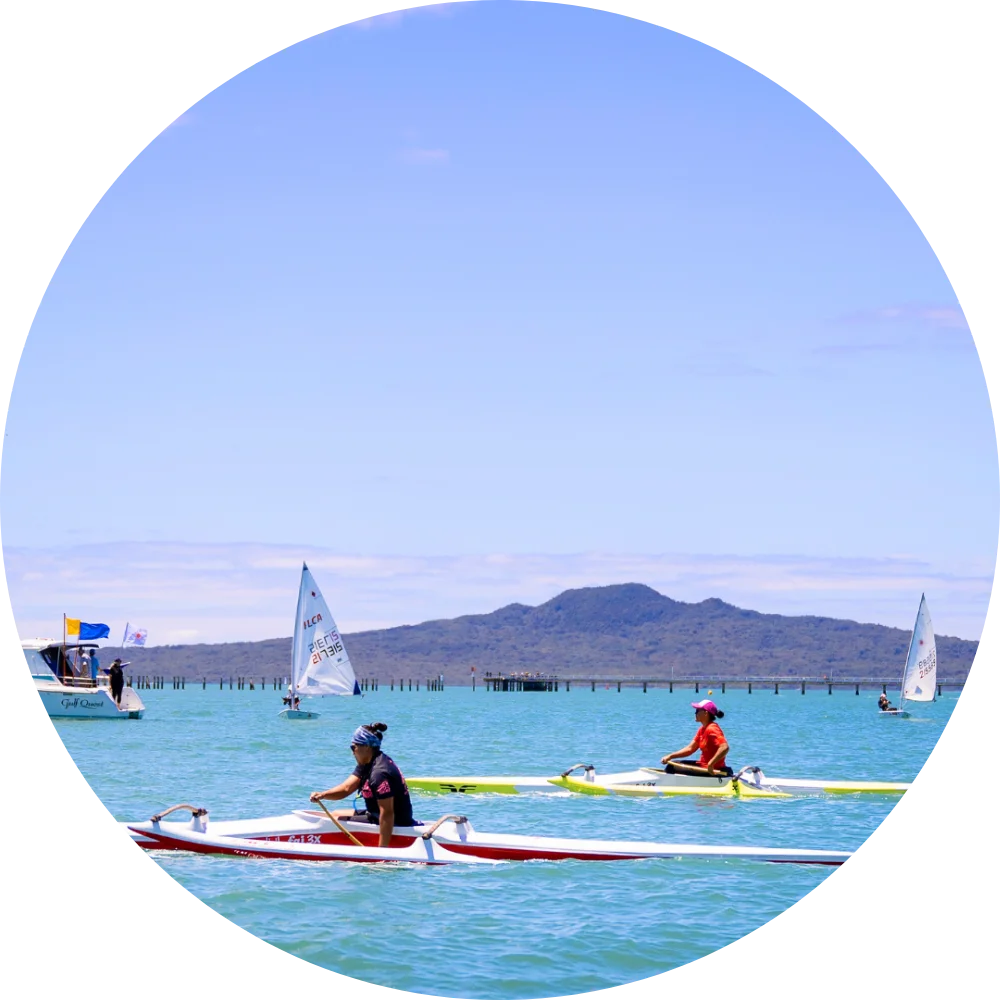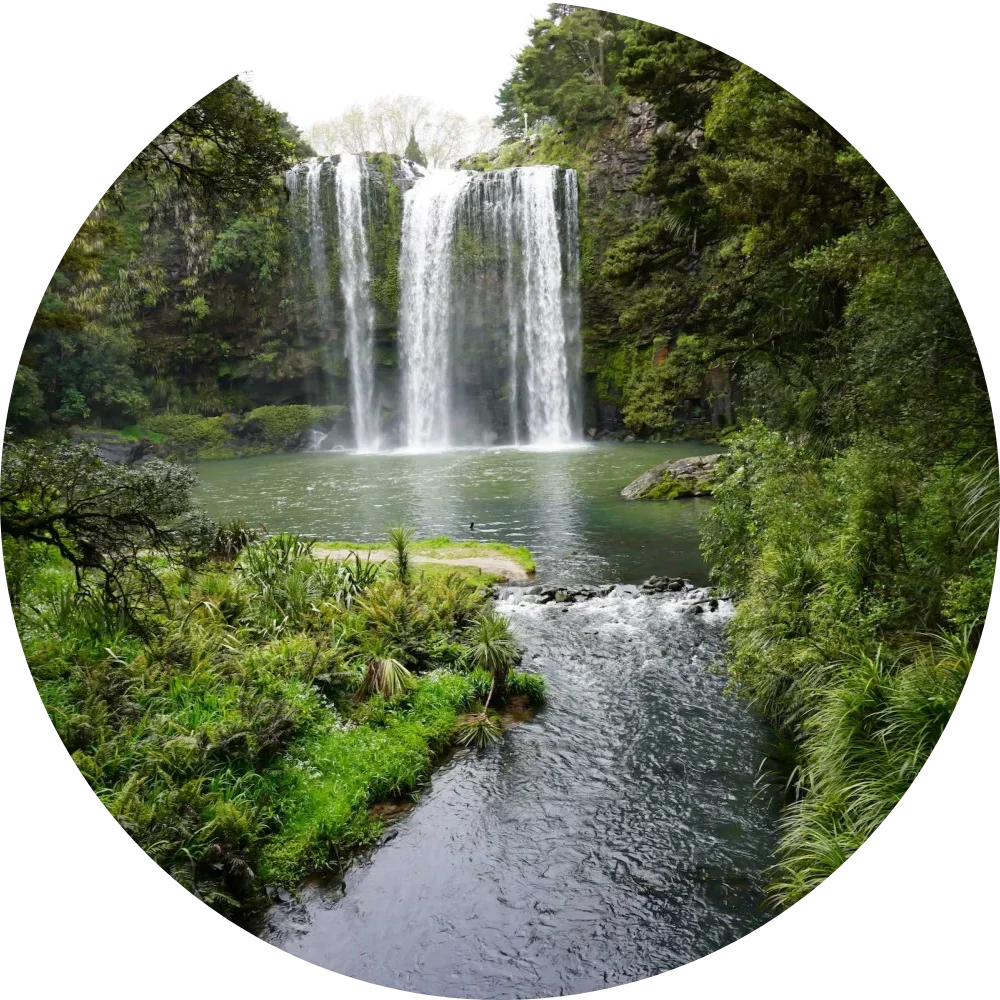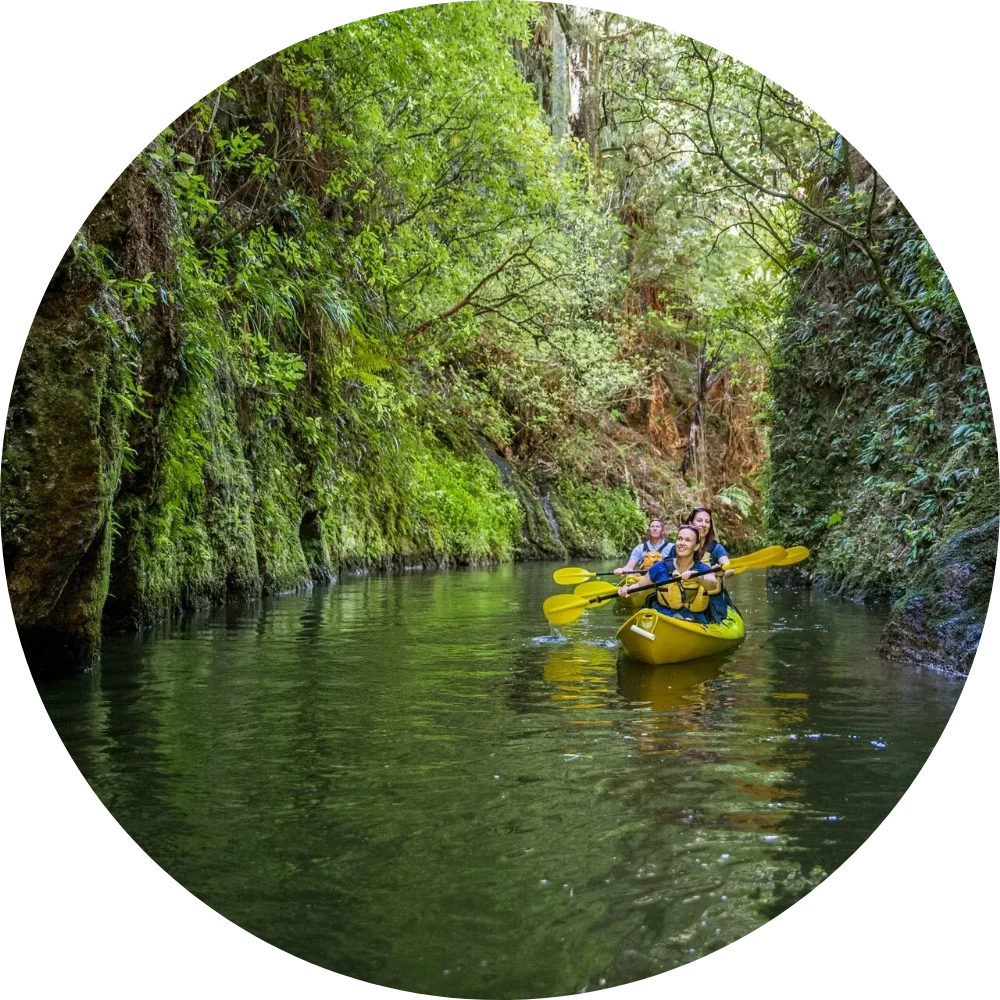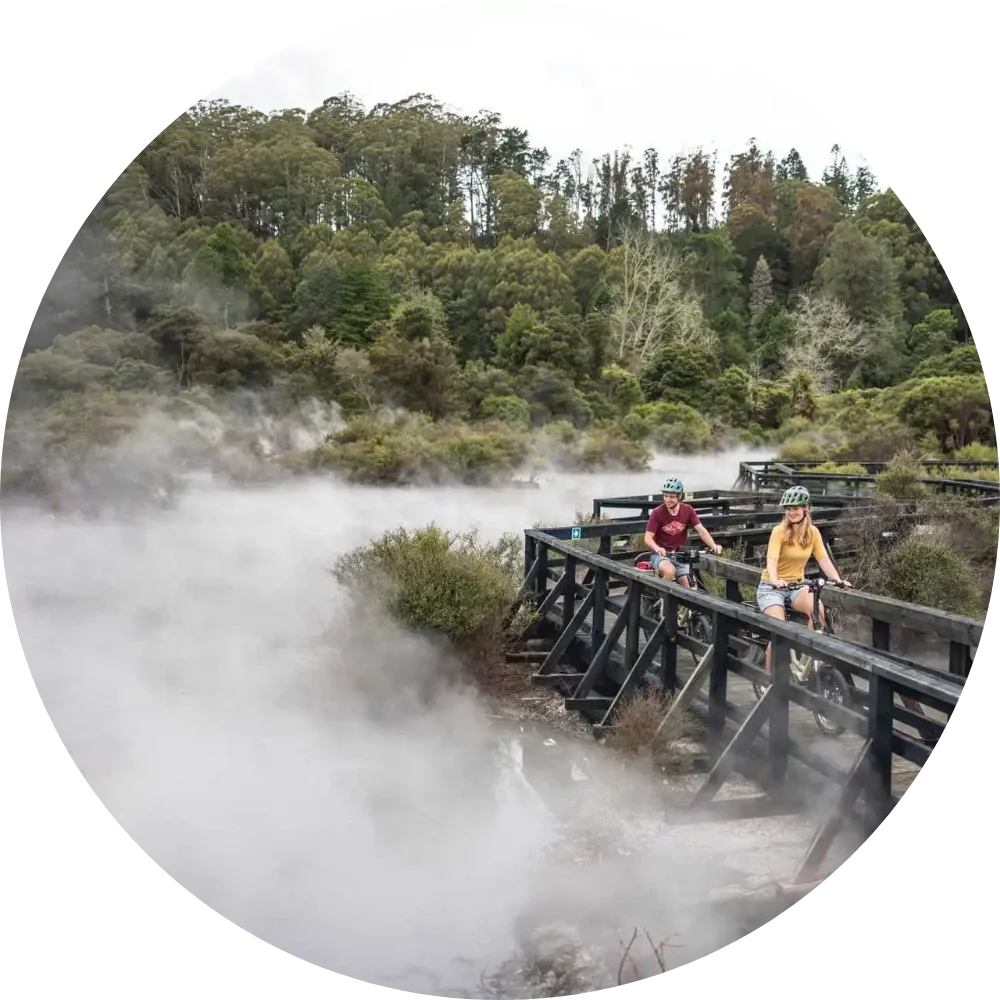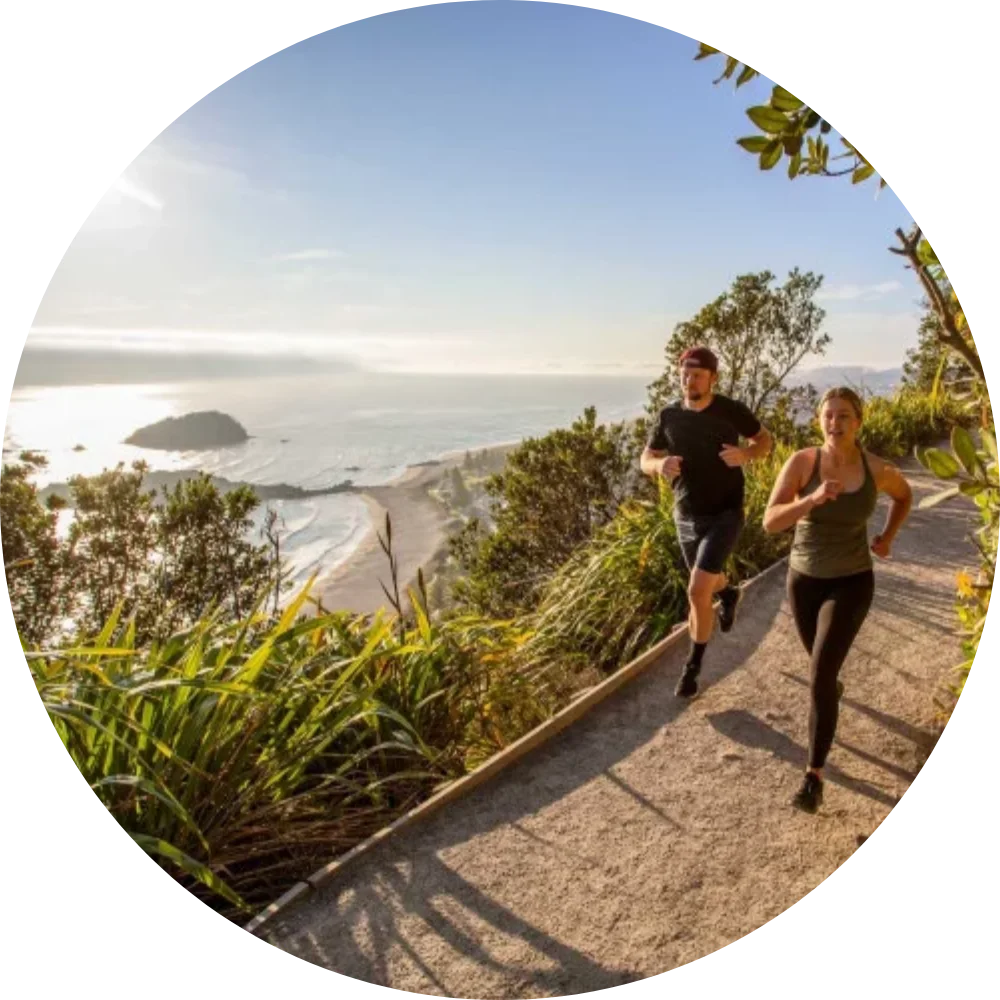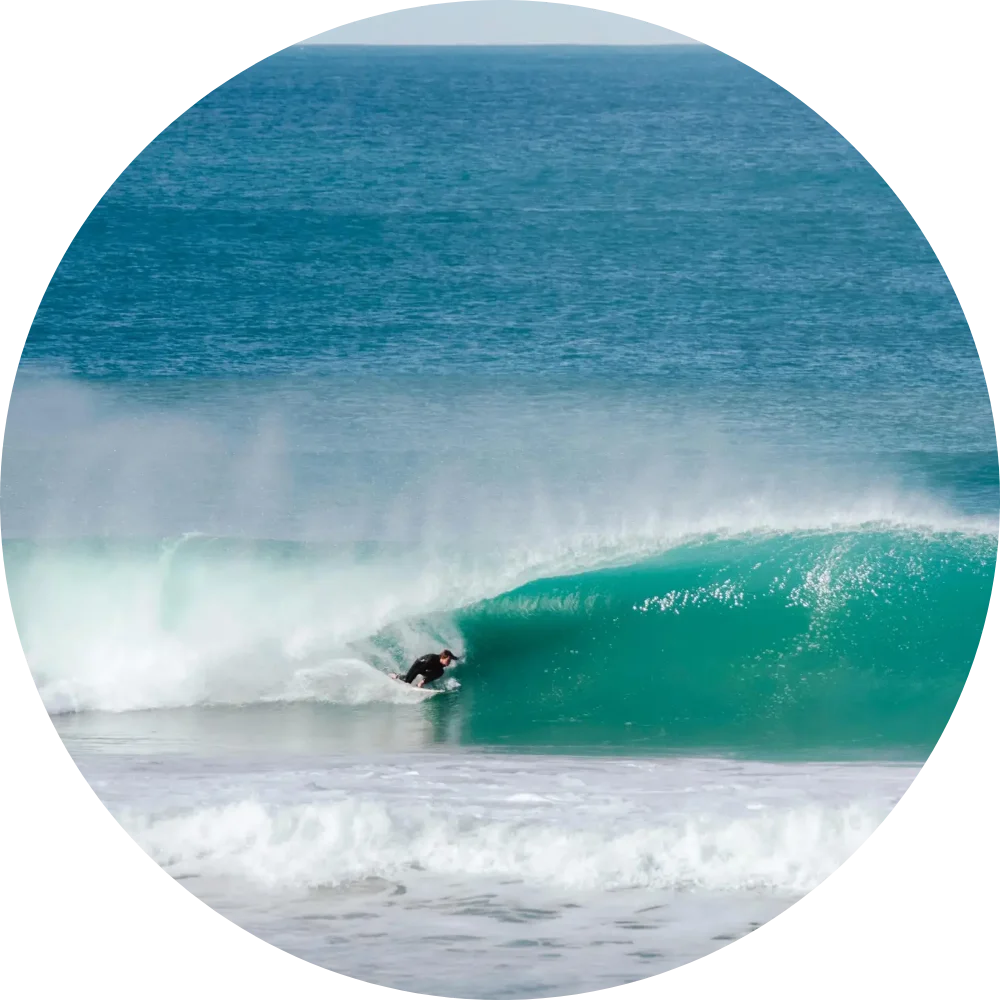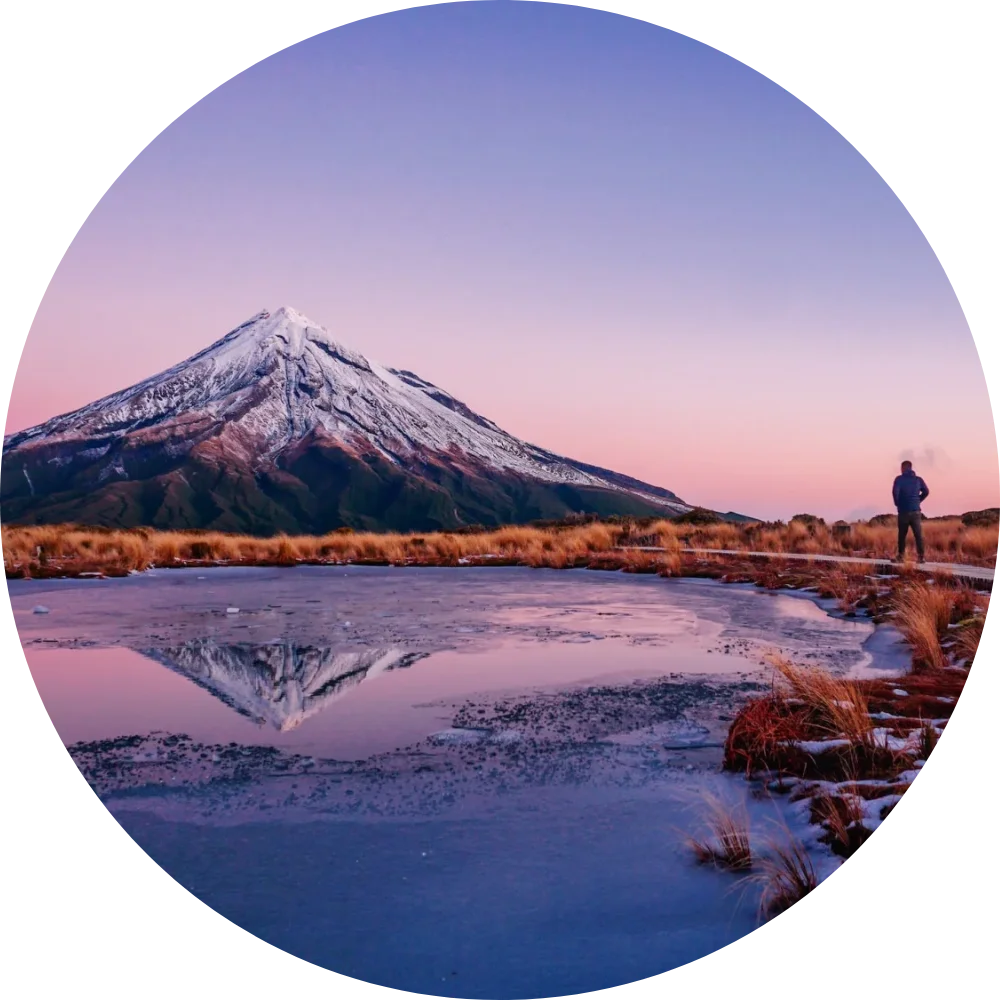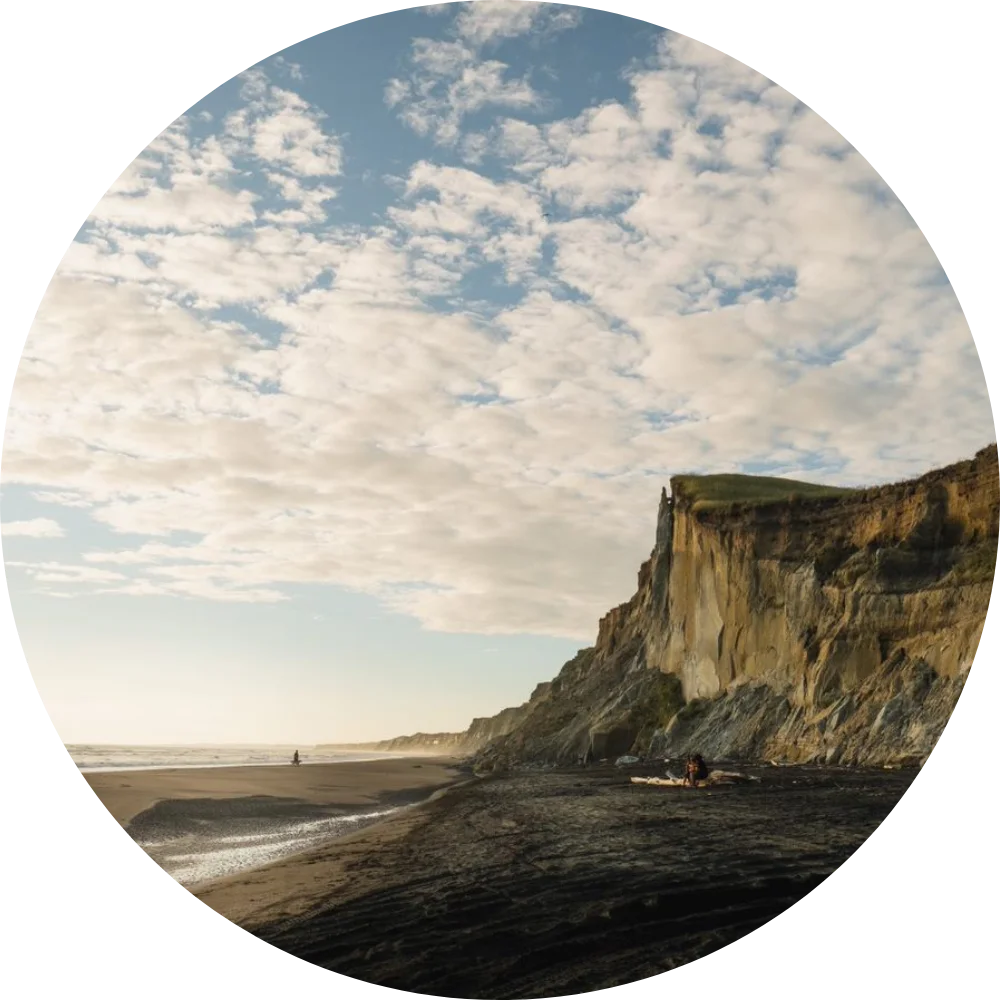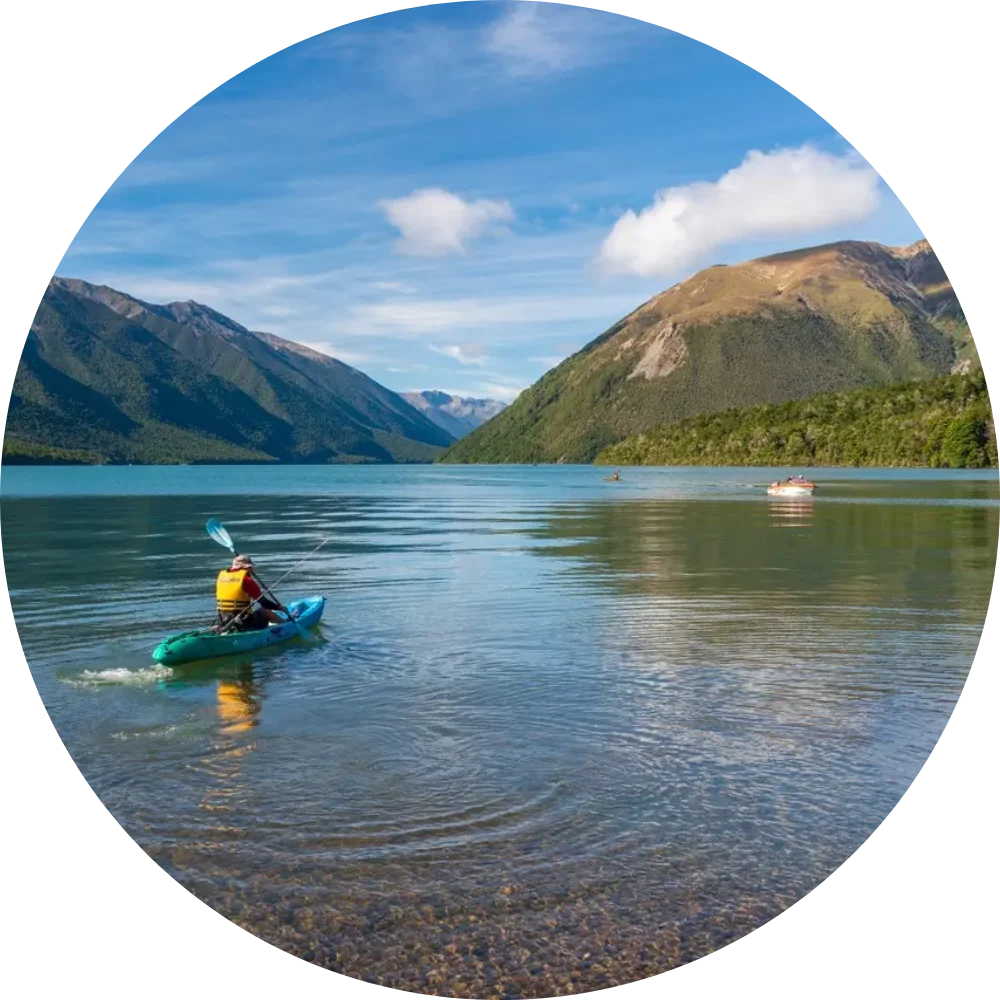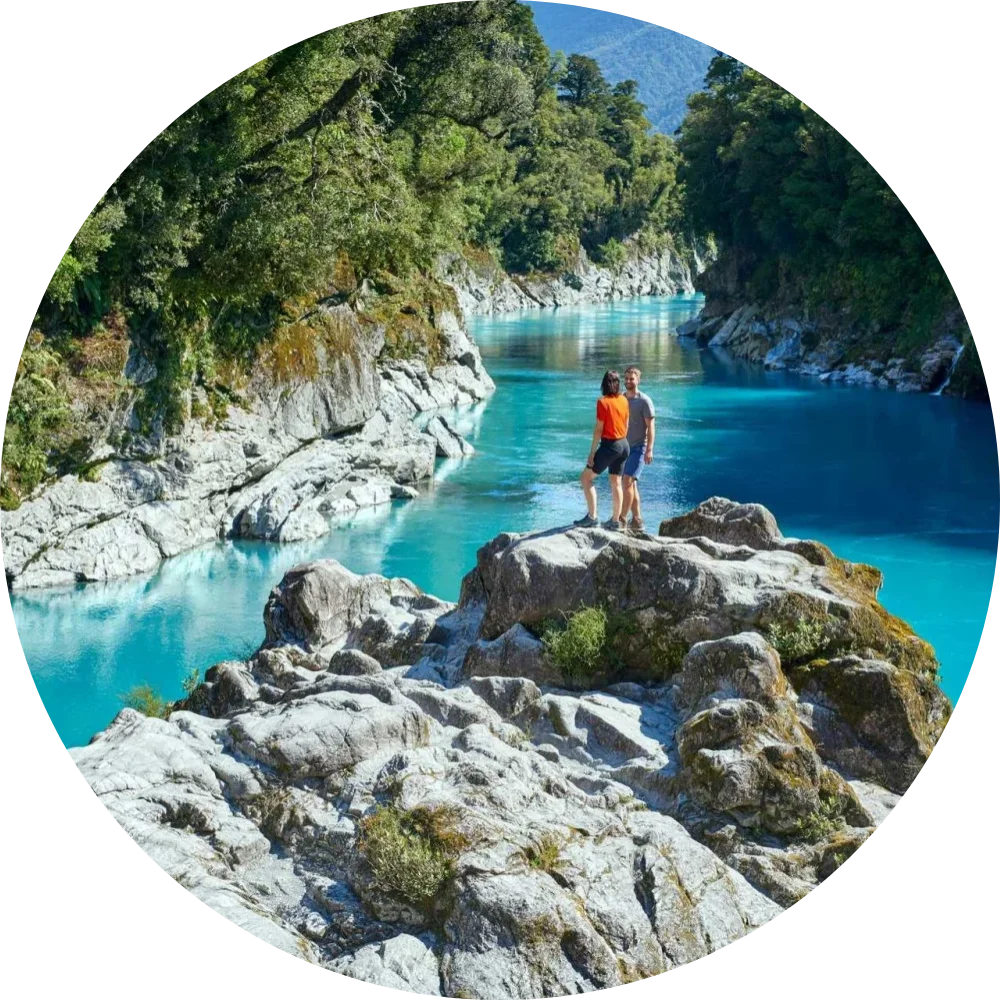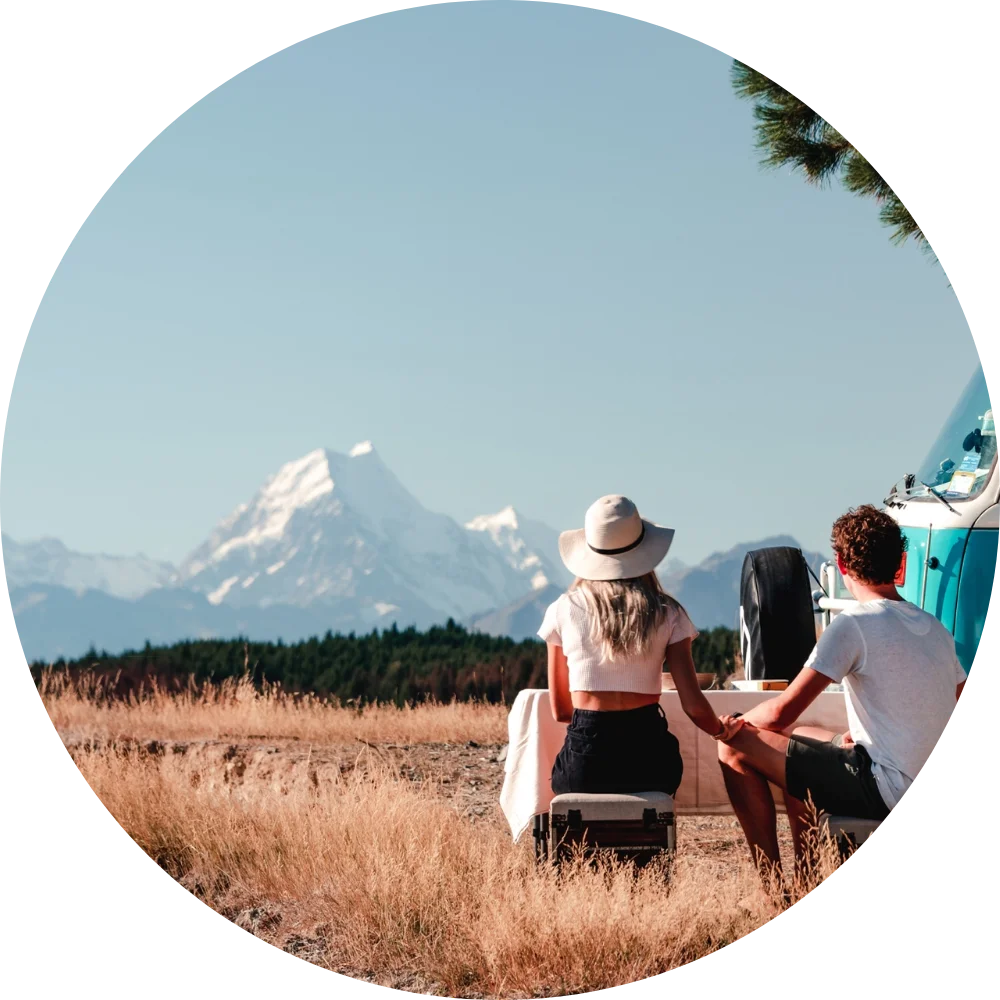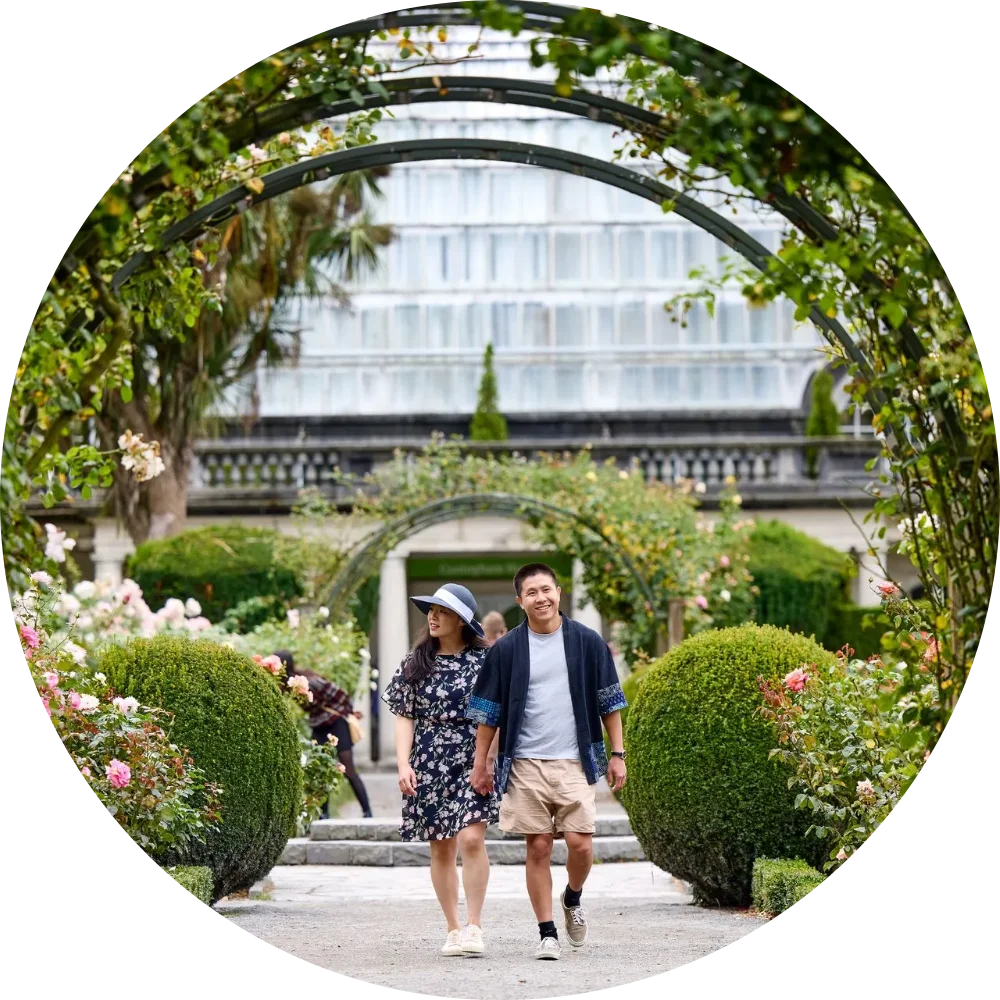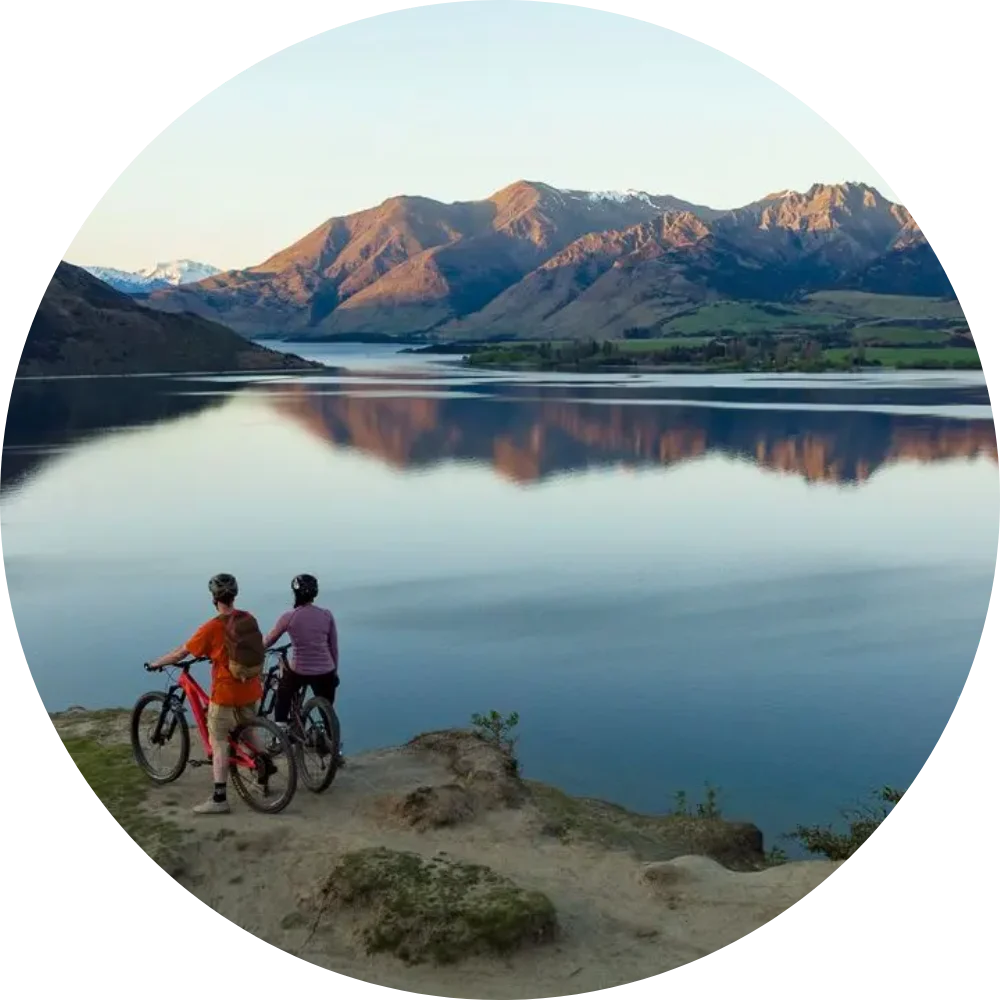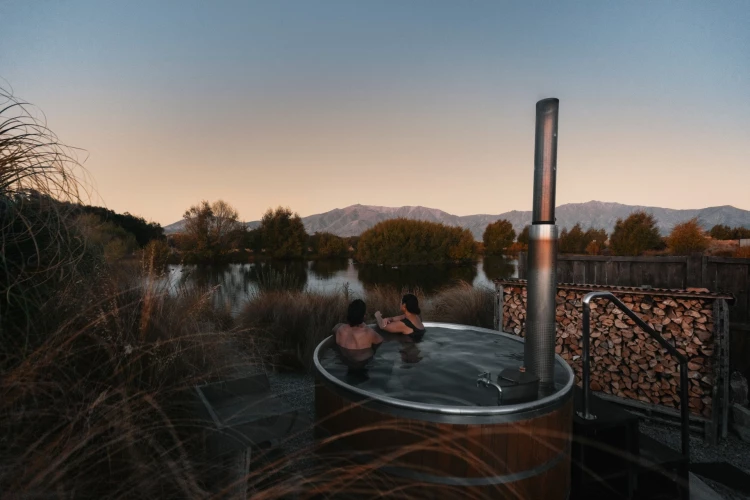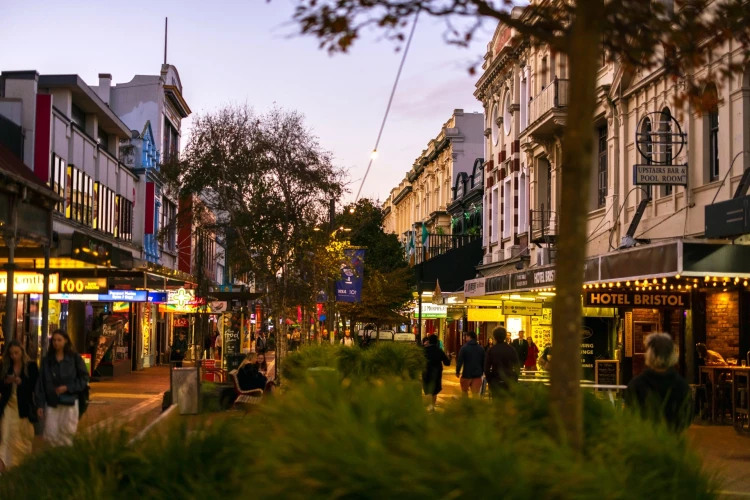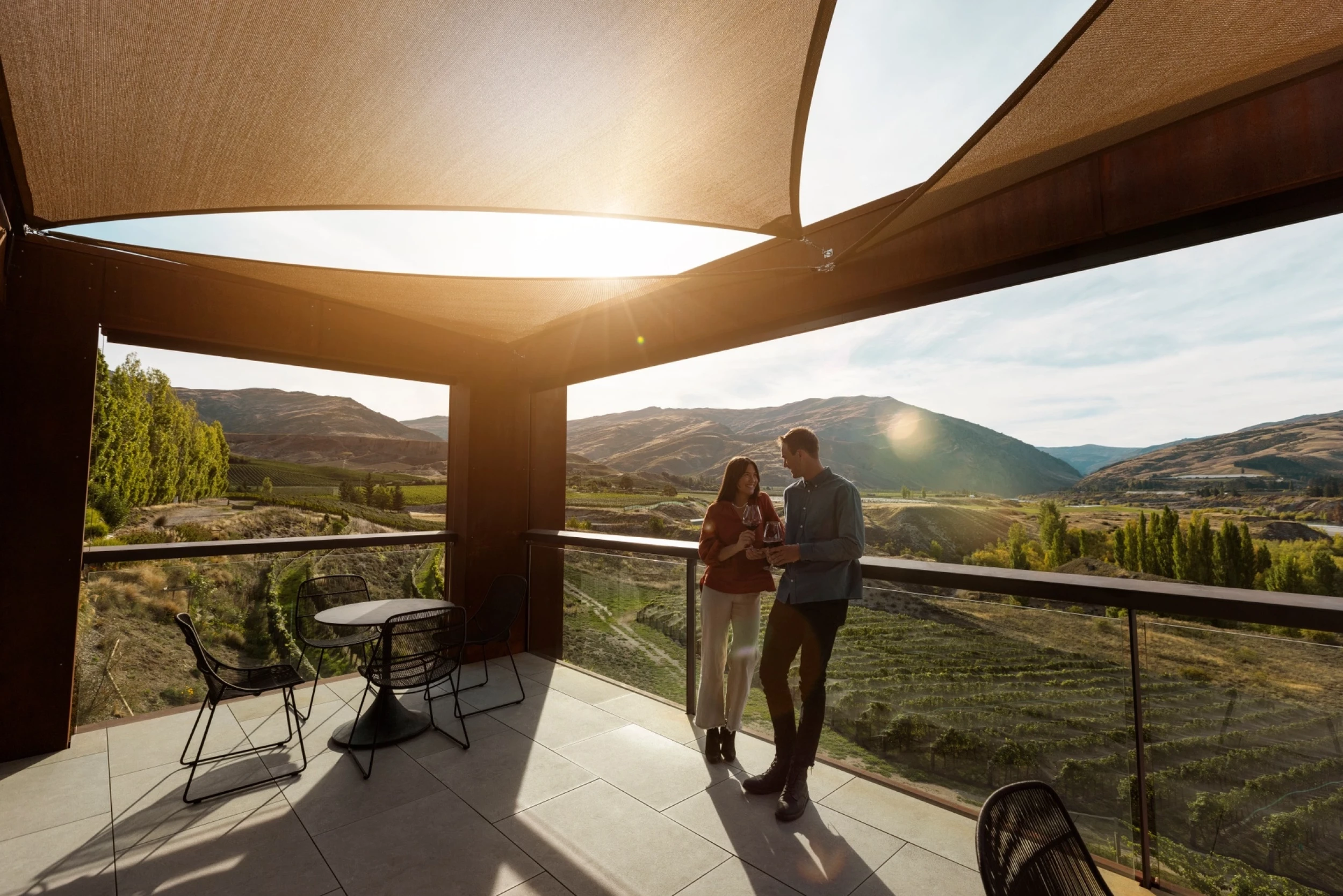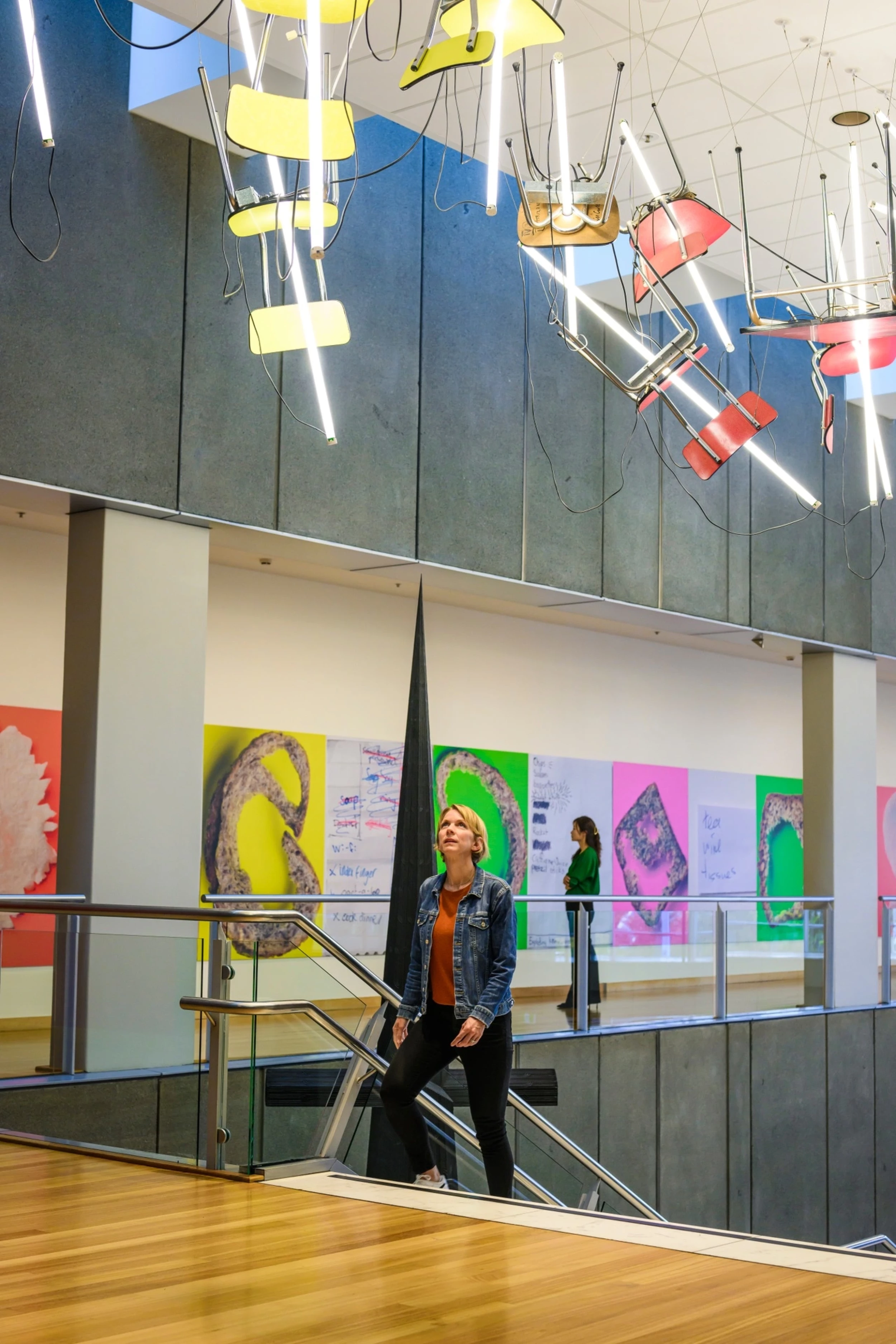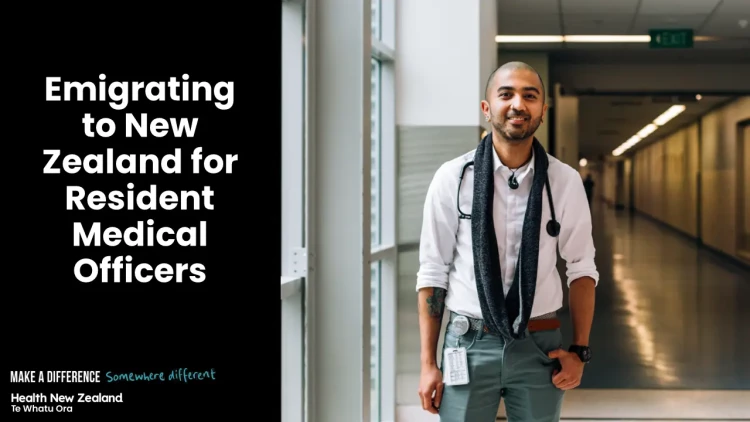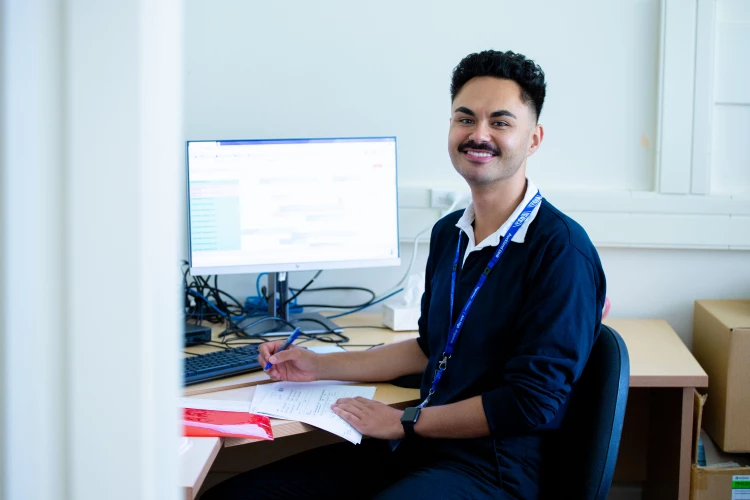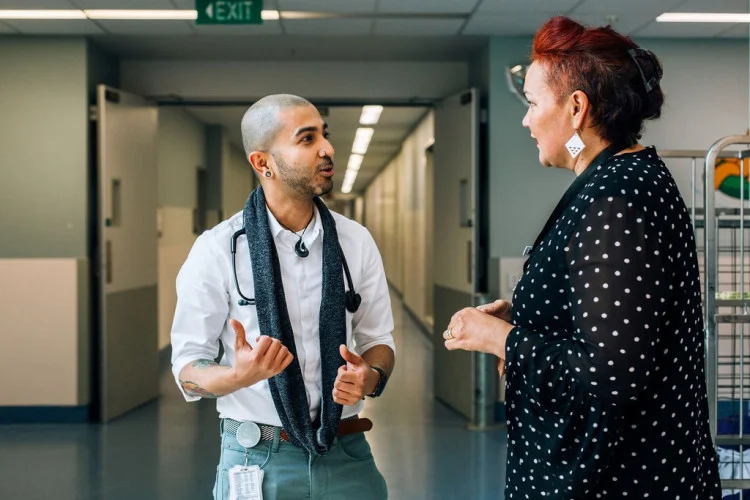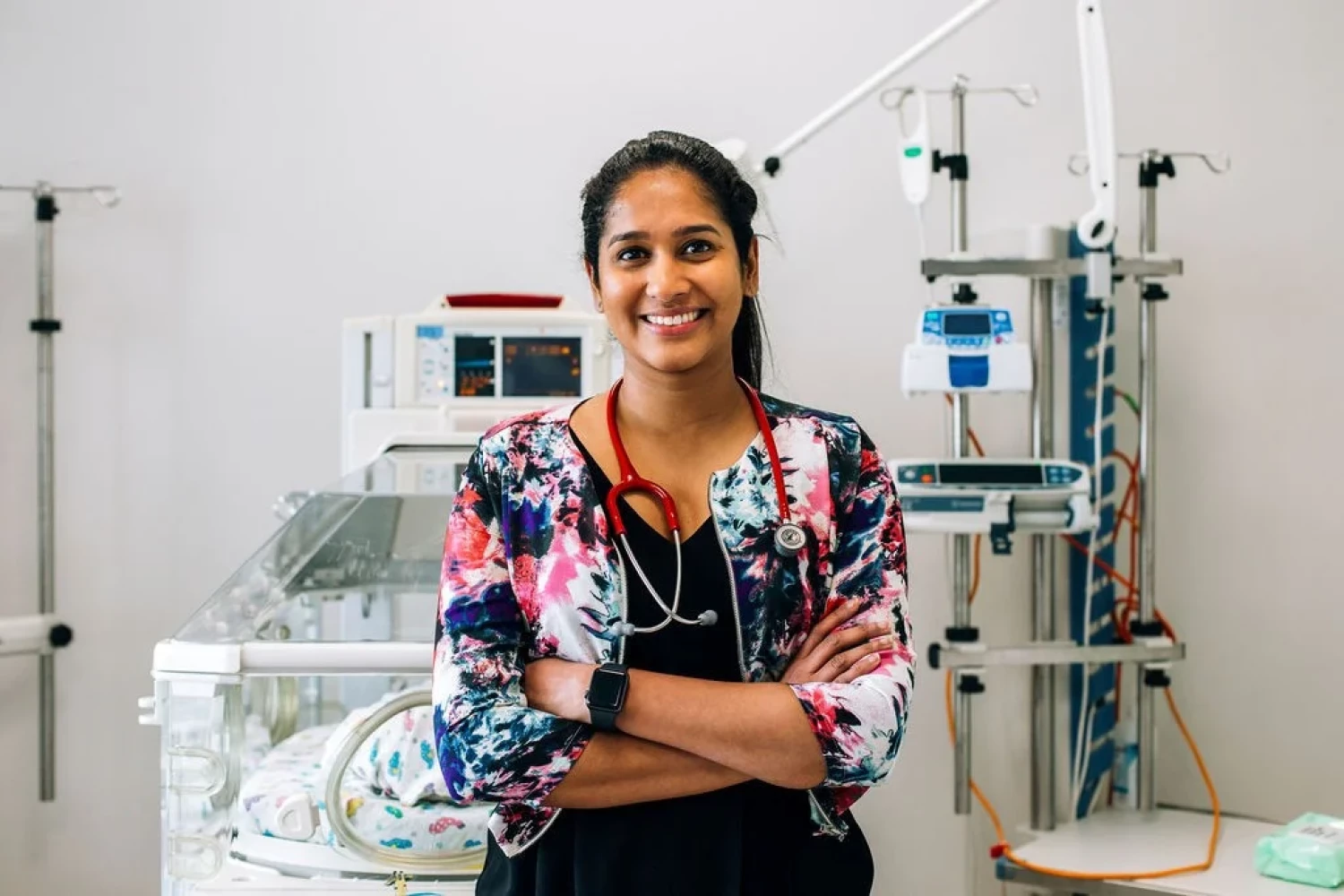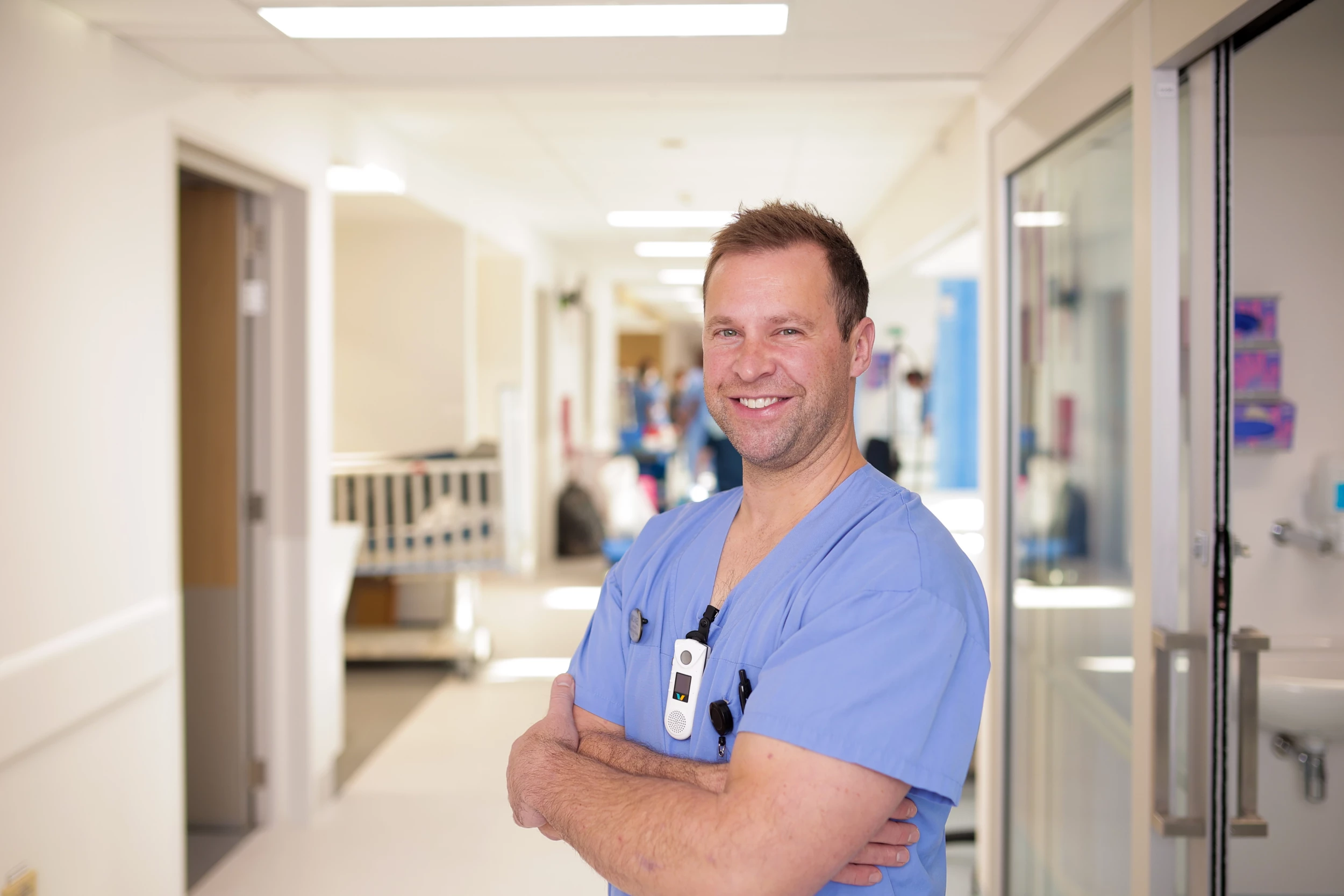- About Health New Zealand
- Locations
- Allied Health
- Midwifery & Nursing
-
Medical Officers
- All Senior Medical Officers (SMOs)
- Anaesthetists
- Dermatologists
- Emergency Medicine Specialists
- GPs & Rural Hospital Doctors
- General Medicine
- Obstetricians & Gynaecologists
- Oncologists
- Paediatricians
- Pain Medicine Specialists
- Pathologists
- Psychiatrists
- Radiologists
- Surgical Specialities
- Resident Medical Officers (RMOs)
- Specialist Teams
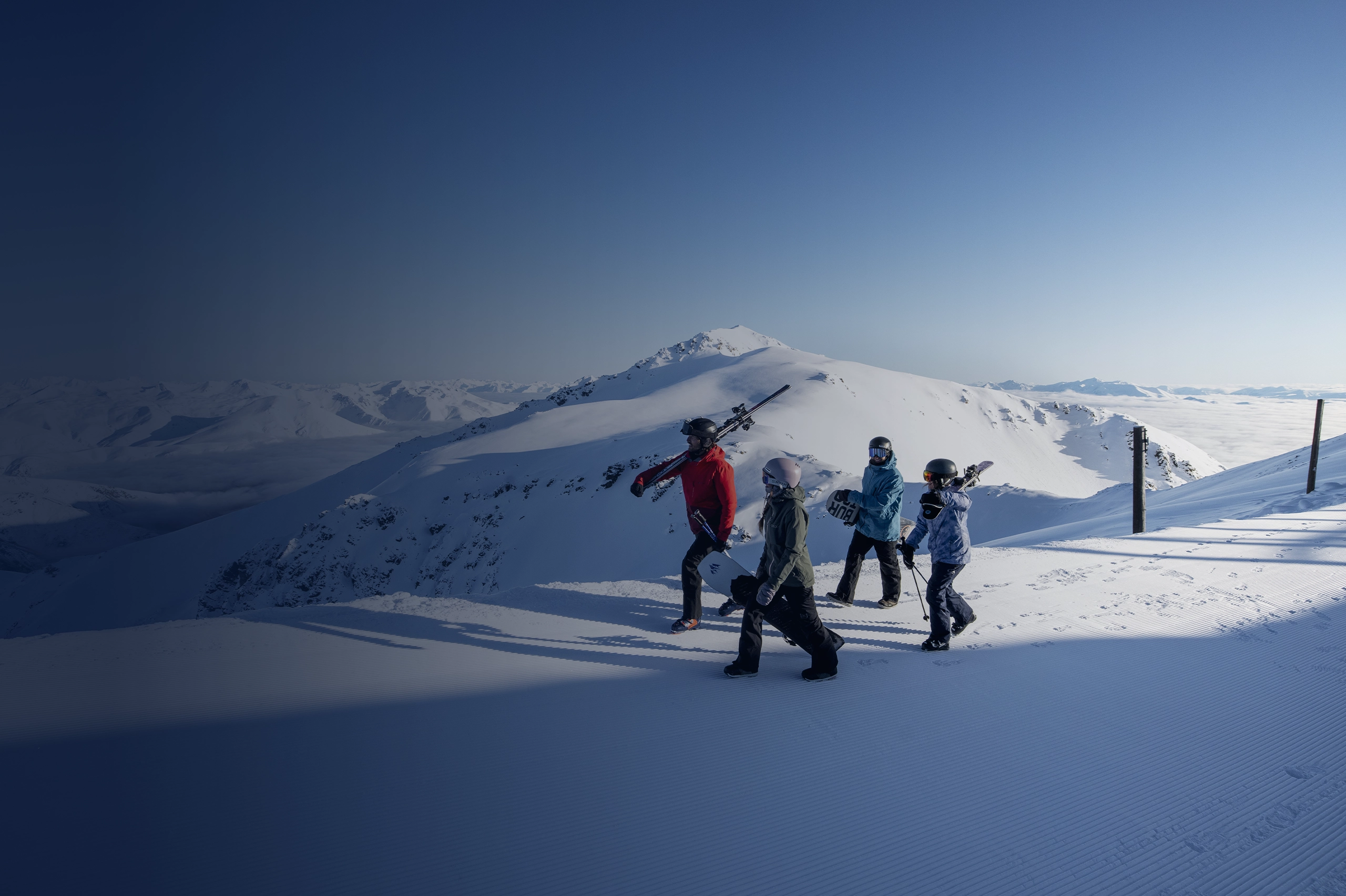
Resident Medical Officers (RMOs)
Are you ready for the opportunity of a lifetime? We’re looking for Resident Medical Officers (RMOs) to join our teams in New Zealand - Aotearoa.
Also known as: Junior Doctor.
Photo location: Mount Hutt, Canterbury - Credit: Miles Holden
2026 Annual Recruitment Cycle
Applications for the Annual Recruitment Cycle for 2026 closed on 9 June 2025.
You can still apply for roles that start now:
Key Dates
Offers of Employment Made
-
Registrars and Designated SHO positions: Monday 18 August 2025
-
House Officers (PGY2+): Monday 1 September 2025
Acceptance of Offer of Employment
-
For Registrars and Designated SHO positions: Monday 25 August 2025
-
For House Officers (PGY2+): Monday 08 September 2025
Training Year Start Date
-
For House Officers: Monday 19 January 2026
-
For Registrars: Monday 2 February 2026
We can't wait to welcome you to New Zealand!
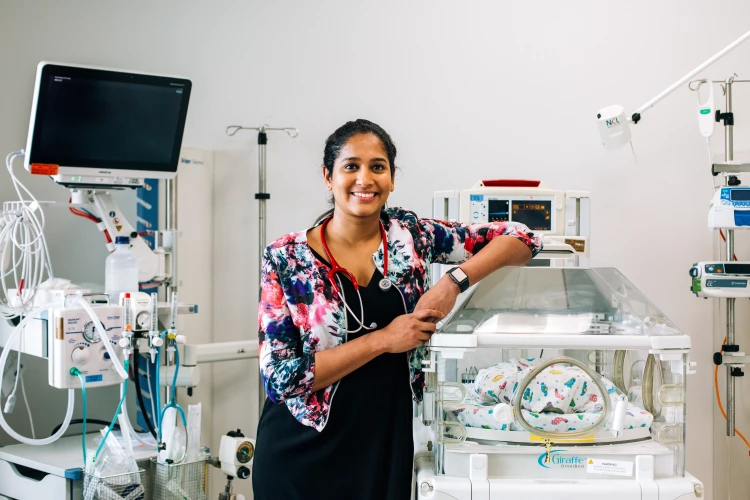
About the role
Benefits & salary range
In New Zealand, Resident Medical Officers (RMOs) benefit from competitive salaries, good work-life balance, and numerous professional growth opportunities.
Salary:
The salary for RMOs in New Zealand depends on the number of years of experience and the specific roster they are employed on. RMOs are also compensated for any additional shifts worked, which can increase their income.
For detailed salary and benefit information, please see the RMO collective agreements via the Health New Zealand - Te Whatu Ora website.
If eligible, up to a 6% superannuation contribution from Health New Zealand as your employer. Find out more here.
Benefits:
-
Professional development and education: RMOs are supported with Continuing Medical Education (CME) leave and access to various training programs to develop their skills and specialisation.
-
Work-life balance: RMOs in New Zealand work in a system that values work-life balance, providing regular leave (up to six weeks of paid annual leave per year), alongside sick leave and parental leave options.
-
Union Representation: RMOs have the option of being represented by one of two Unions, the New Zealand Resident Doctors' Association (NZRDA) or Specialty Trainees of New Zealand (STONZ), ensuring protection and advocacy for fair working conditions.
-
Additional allowances: RMOs have the option to work additional shifts and receive meals as part of their role when on duty.
Required qualifications & experience
To work as a Resident Medical Officer (RMO) in New Zealand, certain qualifications and experience are required. These requirements ensure that doctors are well-prepared for their roles in New Zealand’s healthcare system.
Required Qualifications:
- Medical Degree: You must hold a recognised medical degree from an accredited medical school, either from New Zealand or overseas. Medical degrees from the UK, Australia, Canada, and Ireland are typically recognised.
General or Provisional Registration:
You must be registered with the Medical Council of New Zealand (MCNZ). There are several pathways for registration depending on where you obtained your medical qualifications:
-
General Scope of Practice: For those who have completed an internship (equivalent to PGY1) and meet MCNZ’s competency requirements.
-
Provisional General Registration: For those who have completed their medical degree but are required to undergo a year of supervised practice in New Zealand.
English Language Proficiency:
Non-native English speakers may need to demonstrate English proficiency by achieving specific scores in English language tests such as the IELTS or OET.
Internship Completion (PGY1):
If applying for an RMO position as a House Officer (PGY2 or above), completion of an internship (or its equivalent) is essential. This ensures competency in basic clinical skills and experience in multiple specialties.
Required Experience:
-
Clinical Experience: RMOs, especially those applying for positions as Registrars, are expected to have prior clinical experience in a hospital setting. At least 1-2 years of post-graduation clinical experience is often necessary.
-
Specialty Experience (Registrars): For those applying for Registrar roles, experience in the relevant specialty is required. This often includes having worked as a Senior House Officer or having completed rotations in that specialty.
-
Professional Development and Training: RMOs are encouraged to engage in continuous professional development and training. Many RMOs may also be in the process of completing or preparing for advanced postgraduate qualifications, such as a Fellowship or Specialist College exams.
These qualifications and experiences ensure that RMOs are equipped to provide quality care and are prepared for the demands of New Zealand’s health system.
For specific registration pathways and requirements, you can consult the Medical Council of New Zealand or use the Registration Self-Assessment Tool (MCNZ).
Information for internationally-qualified candidates
Pathways for Registration to Practise Medicine in New Zealand:
If you are an overseas-trained doctor, you will need to check your eligibility for registration with the Medical Council of New Zealand (MCNZ) to practise medicine here.
Under the General Scope of Practice, there are 3 eligible pathways:
-
The New Zealand and Australian Graduates' Pathways
-
The Competent Pathway, applicable to countries such as the UK and Ireland
-
The Comparable Health System Pathway
The registration process is unique to every applicant so we encourage you to visit the MCNZ website to learn about the registration pathways available to you.
For more information, please visit Registration Pathways.
Requirements for International Doctors wanting to work in New Zealand:
International doctors wanting to work in New Zealand must pass the NZREX Clinical exam, which is administered by the Medical Council of New Zealand (MCNZ)
The NZREX Clinical exam tests both clinical skills and medical knowledge and covers communication, professionalism, cultural safety, history taking, physical examination, investigations/clinical reasoning, and management.
Beginning your career
To become a Resident Medical Officer, you need to:
-
Complete the Health Sciences First Year programme at the University of Otago, or the first year of either the Bachelor of Health Sciences or Bachelor of Science in Biomedical Science at Auckland University.
-
Complete a five-year Bachelor of Medicine and Bachelor of Surgery (MBChB) degree at Otago or Auckland.
Resident Medical Officer Positions
Positions available to apply for anytime, without a fixed start date.
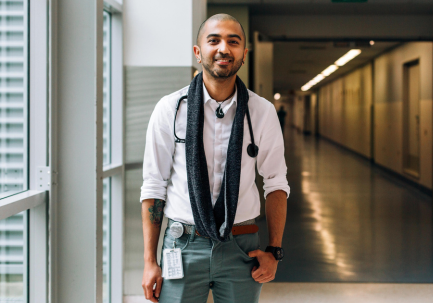
House Officers
Suitable for Foundation Year 2 (FY2) or Post Graduate Year 2 (PGY2) or above. House Officers have the most significant exposure to various services, rotating every 3 months.
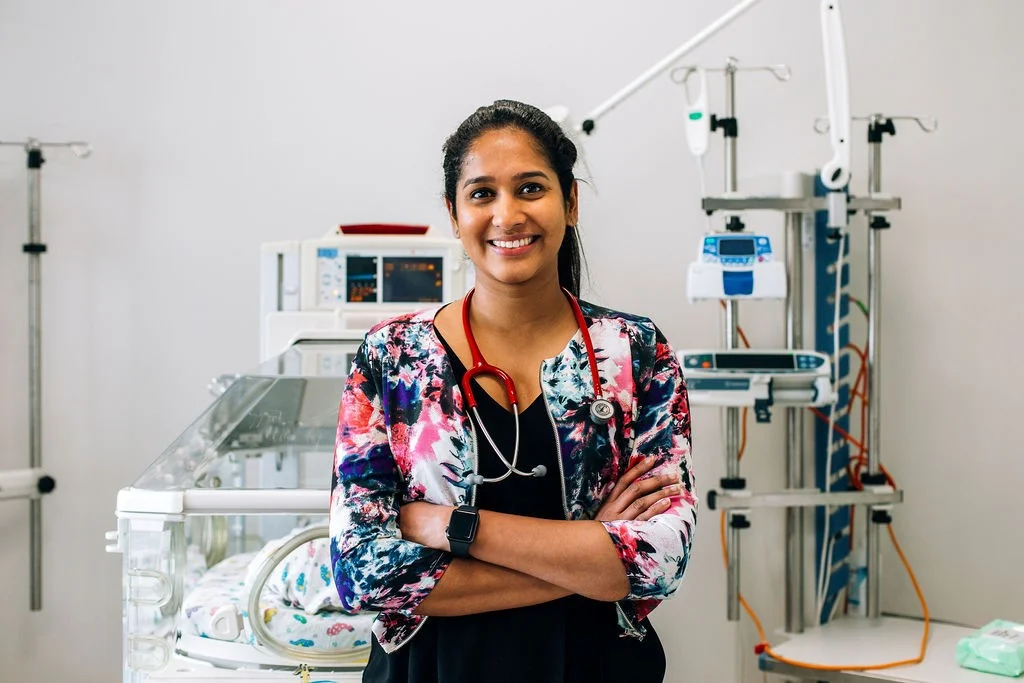
Senior House Officers & Registrars
Aligned to a single service and suitable for RMOs in their Post Graduate Year 3 (PGY3) or above - rotating every 4 or 6 months.

Fellows
Suitable for sub-specialty trainees that are nearing the completion of their specialist training and are working toward independent practice as a Senior Medical Officer.
Find your passion - join our world-class teams!
Being an RMO in New Zealand provides an opportunity to work, train, and live in a beautiful location where you can explore the country and do what you love.
Our RMO opportunities provide:
Diverse clinical exposure:
Unique exposure to clinical and cultural settings, with the opportunity to gain experience working in different departments and with a diverse patient base and population. A variety of clinical presentations and pathologies will build valuable clinical skills, crucial for career progression and specialisation.
Hands-on learning and development:
Protected teaching time and the opportunity to work under supervision and learn from experienced senior clinicians while actively participating in patient care, surgeries, and medical procedures.
Career progression:
The opportunity to work in accredited training sites, with the role an essential stepping stone for doctors aiming to specialise. The diverse clinical experience and training help RMOs meet the requirements for advanced training programmes and specialties.
Job stability and competitive salary:
RMOs receive a salary, benefits, and structured working hours, providing a good balance between income and work experience.
Professional support and mentorship:
RMOs have access to senior doctors and healthcare professionals for guidance and mentorship, which is key to career development and mastering clinical skills.
Opportunities for further education and training:
RMOs have access and support to attend continuing medical education (CME), conferences, and professional development linked with their training pathway, helping them stay updated with the latest in medical science.
Work-life balance:
RMO roles offer manageable shift patterns, which ensure that you will be safe, rested and able to enjoy all that New Zealand - Aotearoa has to offer. Rosters and intensity of shifts can vary across locations and clinical services
Patient impact:
RMOs play a crucial role in patient care, often being the first point of contact in our hospitals, with a direct impact on patient's lives and healthcare outcomes early in their careers.
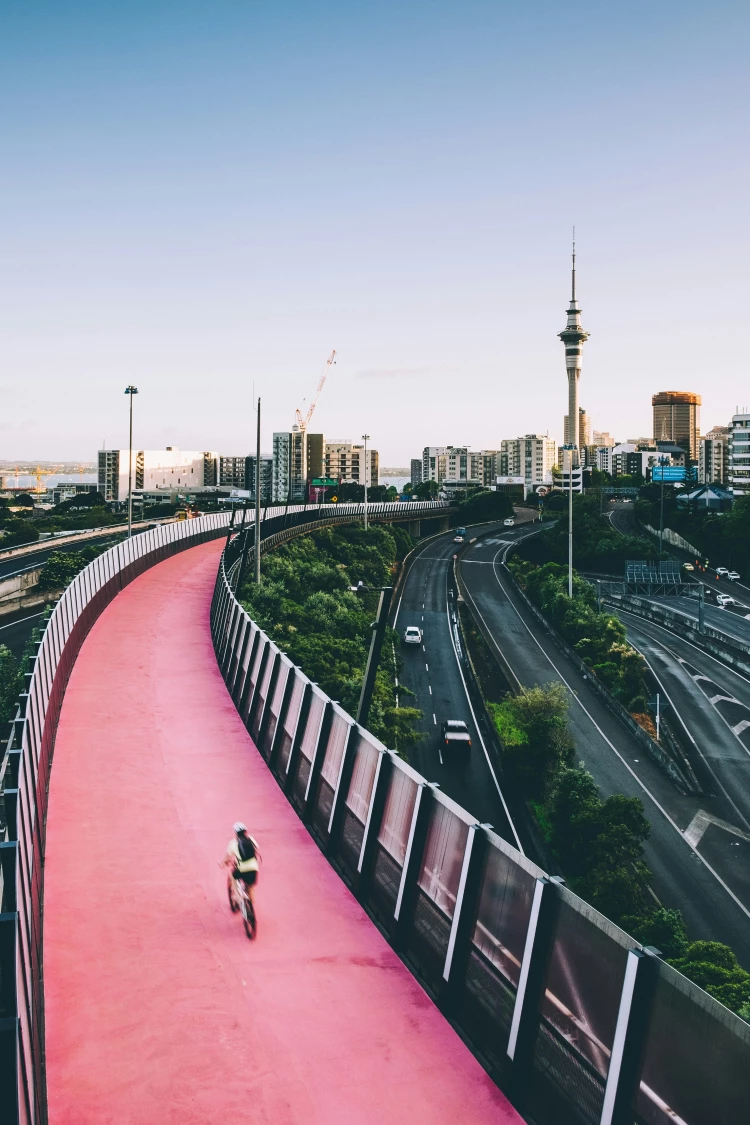
Experiences for RMOs across our districts
Find out more about what each of our districts have to offer for your RMO training experience.
Click on the district icons below to find out more:
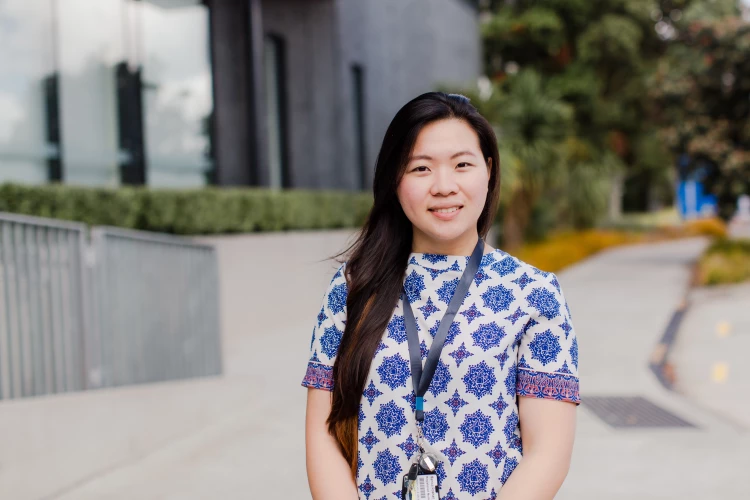

Looking to move to New Zealand to work as a Junior Doctor?
Great news! RMOs are on Tier 1 of New Zealand's Green List which means you are eligible for a fast-tracked Straight to Residence Visa.
This means you can apply for New Zealand residency before you arrive, provided you have a job offer from an accredited employer, like us!
Working at Health New Zealand
'Te Whatu Ora' translates from our indigenous Māori language to 'the weaving of wellness'; which is what we are all about in our holistic delivery of world-class care for the health and wellbeing of the 5 million Kiwis in our communities.
Health New Zealand has an open and non-hierarchical approach to improving outcomes for our patients. Our multi-disciplinary collaborative way of working fosters a positive work environment where all members of our team feel supported and empowered.
Our commitment to you
We are dedicated to building a team that is representative of the communities that we are serving. We are committed to supporting health equity in our communities. Our kaimahi (staff) thrives on the diversity and inclusion of all perspectives and cultures, and we welcome individuals from all backgrounds and lived experiences.
Health New Zealand has programmes and facilities available to both protect and improve our teams’ physical, mental and emotional health and wellbeing. We know that you do your best work when you’re feeling your best, so it’s important to us that this is a priority.
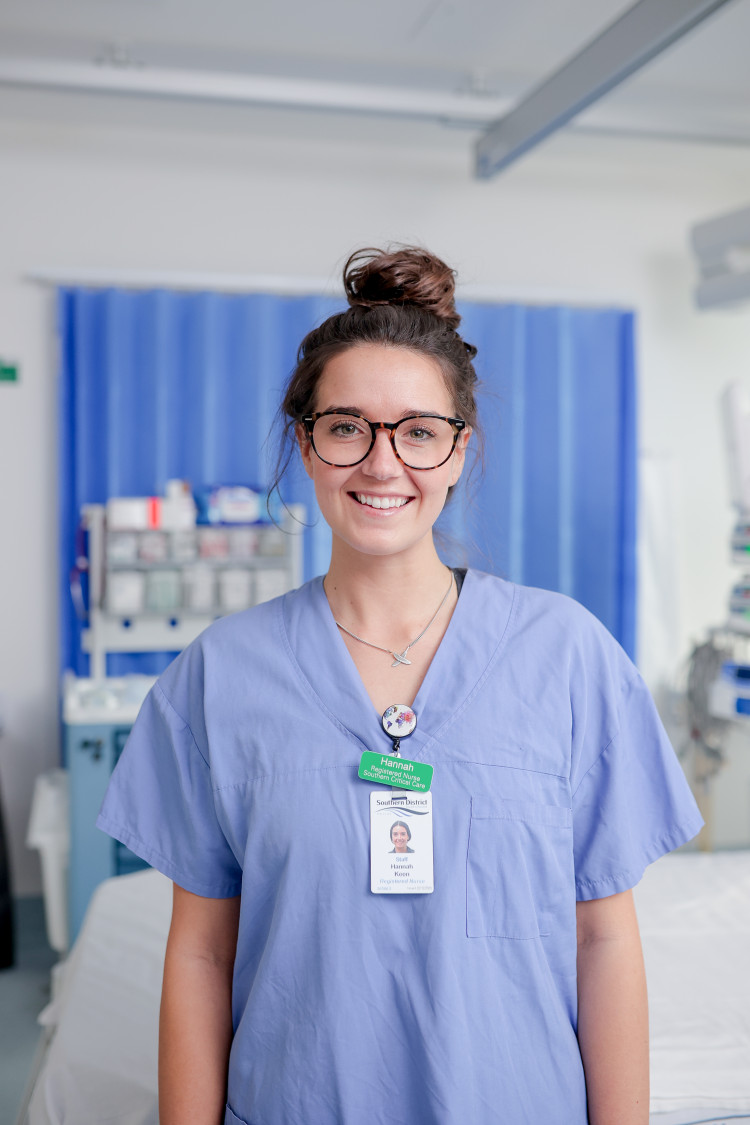
Explore Aotearoa
New Zealand - Aotearoa has been in the top 5 countries in the Global Peace Index every year since it launched in 2009, and has a broad range of places to call home, from the bustling metropolis of our main centres, to the easy-going vibe of our coastal or rural communities.
Find out more information about what part of our beautiful country is the best fit for you.
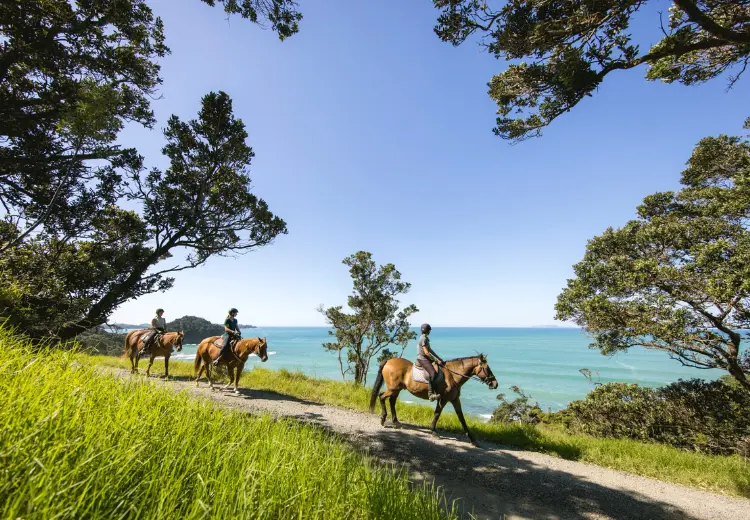
Te Tai Tokerau Northland
Population: 194,600
Northland is a beautiful and diverse region of Aotearoa, New Zealand with plenty to offer visitors. Whether you're interested in water sports, historic sites, natural beauty or ancient Kauri trees—Northland has it all!

Waitematā
Population: 650,000
Waitematā is the largest and one of the most rapidly growing Districts serving the largest population of all Health New Zealand. Waitematā offers a balanced lifestyle that combines the convenience of city living with the natural beauty and community spirit of suburban life.
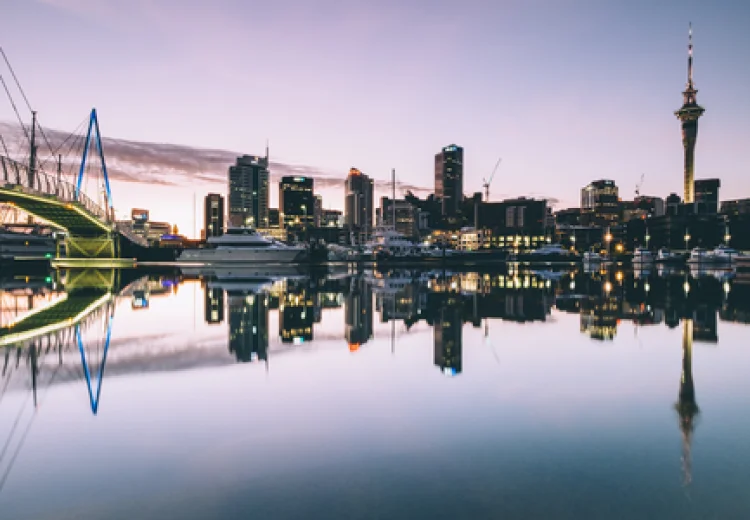
Te Toka Tumai Auckland
Population: 500,000
Auckland the "City of Sails" is Aotearoa, New Zealand’s largest city and commercial hub. It’s where metropolitan sophistication meets breathtaking natural beauty. Auckland is filled with a variety of warm and welcoming communities, packed with new places to explore.
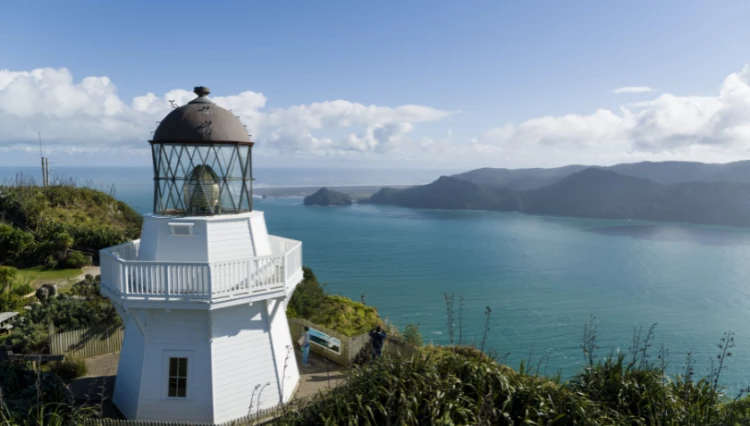
Counties Manukau
Population: 500,000
Counties Manukau is a vibrant place where there's never a dull moment! Living and working here ensures you're always close to amenities, events and nature. You'll never run out of places to visit or things to do.

Hauora a Toi Bay of Plenty
Population: 255,110
The Bay of Plenty is a place of beautiful harbours, long surf beaches and an easygoing lifestyle. We showcase the perfect place to explore a wide range of nature-based pursuits – this gives the people of the Bay of Plenty the chance for a better work-life balance.
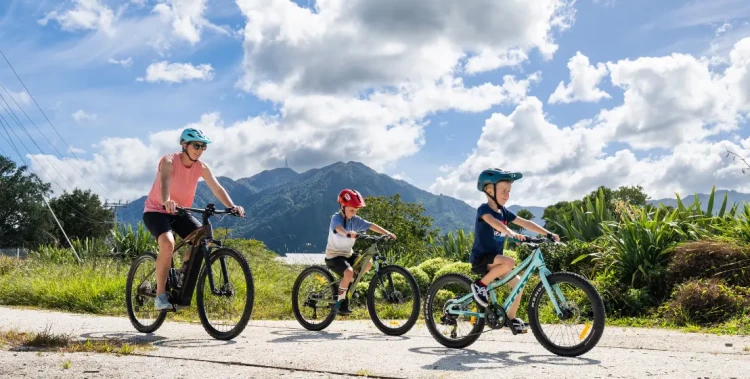
Waikato
Population: 425,000
The Waikato region is known for its natural beauty, rich Māori culture, and agricultural heritage with something to offer visitors of all interests.
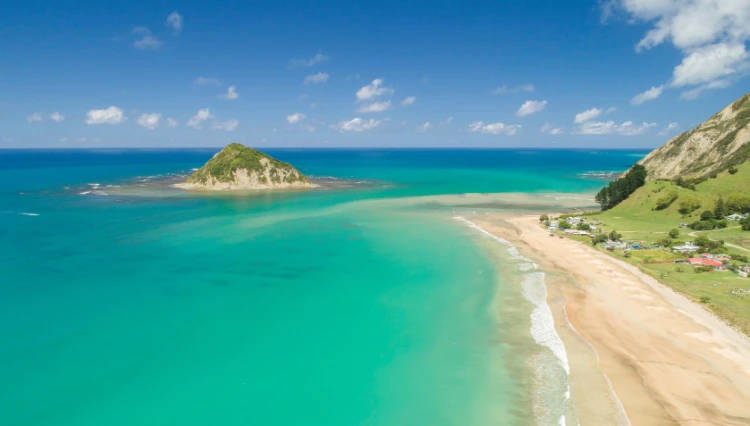
Tairāwhiti Gisborne
Population: 48,000
In family-friendly Tairāwhiti you will experience an easier pace to life that allows you to pause and reflect, and enjoy a true work-life balance. Gisborne’s relative isolation is its charm, surrounded by beaches & nature - don't worry though! Larger cities are only a quick flight away.
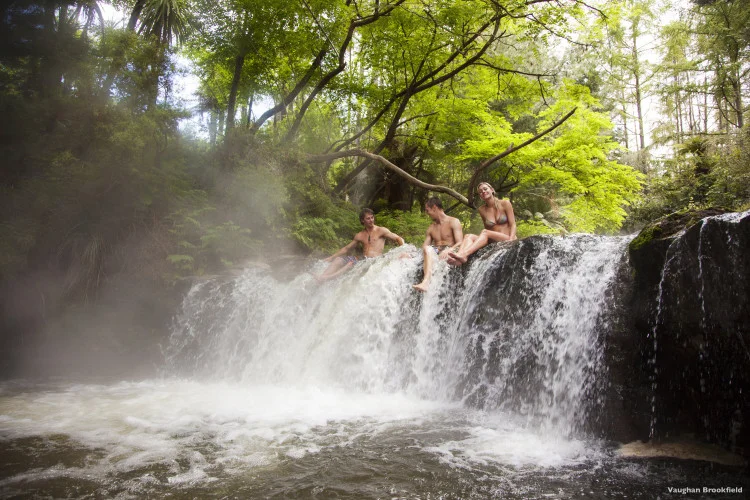
Lakes
Population: 110,000
The Lakes District is well known for its geothermal activity and natural hot springs. The area is located in the central North Island and is home to many geothermal attractions, such as geysers, hot mud pools, and steam vents. Visitors can also relax in the region's natural hot springs, which are believed to have healing properties.

Taranaki
Population: 130,000
Taranaki is a magical place with a majestic mountain at its heart, including the rugged coastline that's world-renowned for its surf. Its residents' love of art and culture, cafes and outdoor living mean it's also fantastic to work—and play!
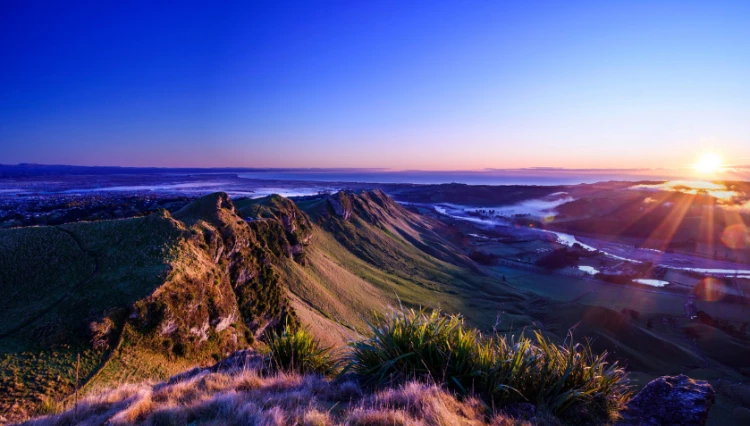
Te Matau a Māui Hawke's Bay
Population: 180,000
Known for its world-class wineries, stunning beaches and temperate climate, Hawke’s Bay boasts a lifestyle that is unmatched. The region is a popular destination for food and wine tourism, hiking, cycling and cultural events such as the annual Art Deco festival.
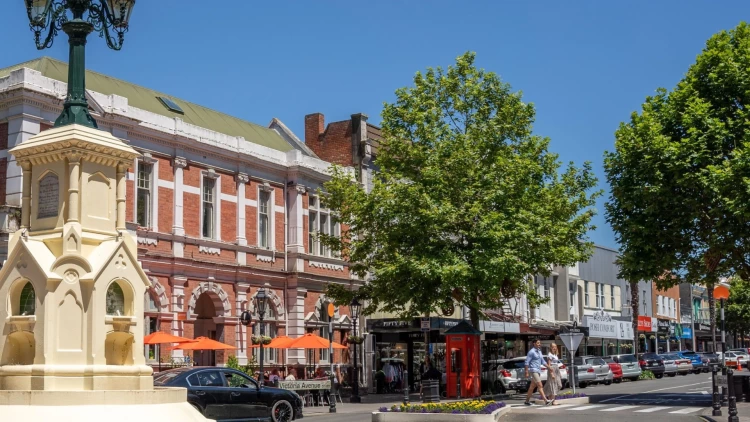
Whanganui
Population: 65,000
Whanganui has something for everyone. Our centrally located region offers access to outdoor activities such as kayaking, skiing, surfing, tramping, cycling, fishing and hunting. Nestled between two snow-capped mountains, on the banks of Whanganui River there is always plenty to do and explore.
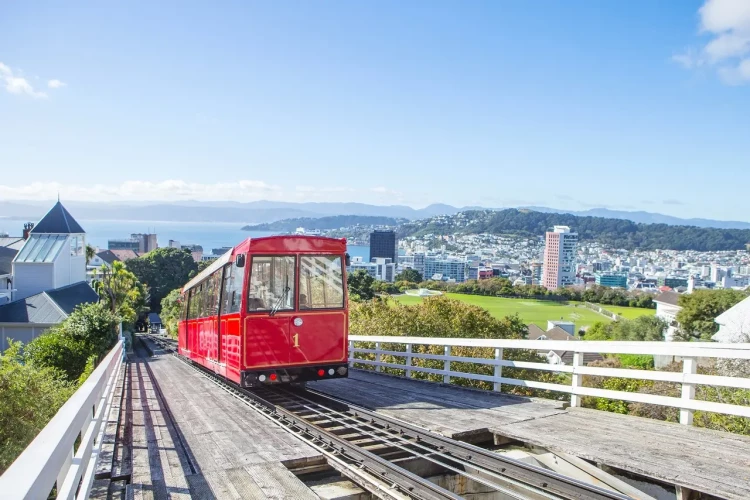
Capital, Coast and Hutt Valley
Population: 445,000
Wellington, the capital city of Aotearoa New Zealand, is a bustling and diverse hub of culture and cosmopolitanism, renowned for its lively cafés, restaurants, and internationally acclaimed sporting and cultural events, all set against the stunning backdrop of a natural harbour. To the north of Wellington lie the regions of Porirua, Kapiti, and Hutt Valley.

Te Pae Hauora o Ruahine o Tararua MidCentral
Population: 190,000
Get the best of both worlds - the perfect blend of rural and city living with the mountains, city and sea at your fingertips.
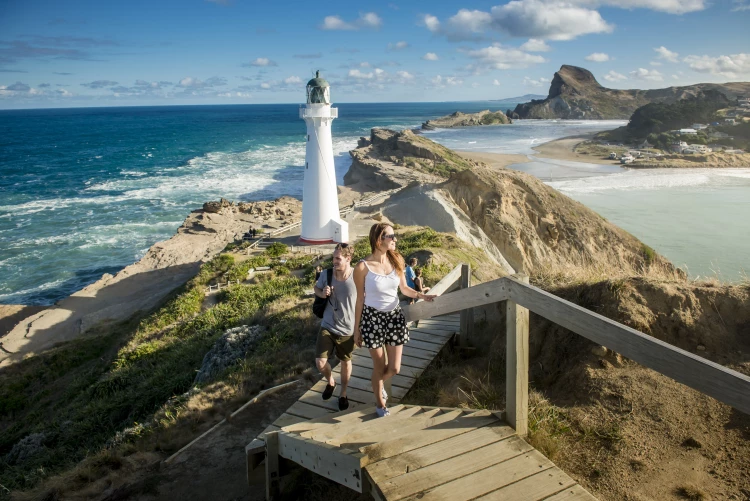
Wairarapa
Population: 48,000
From rugged coastlines, boutique vineyards to lush forests, Wairarapa is a slice of paradise for those who love the outdoors and seek a peaceful environment to recharge after a rewarding day's work.
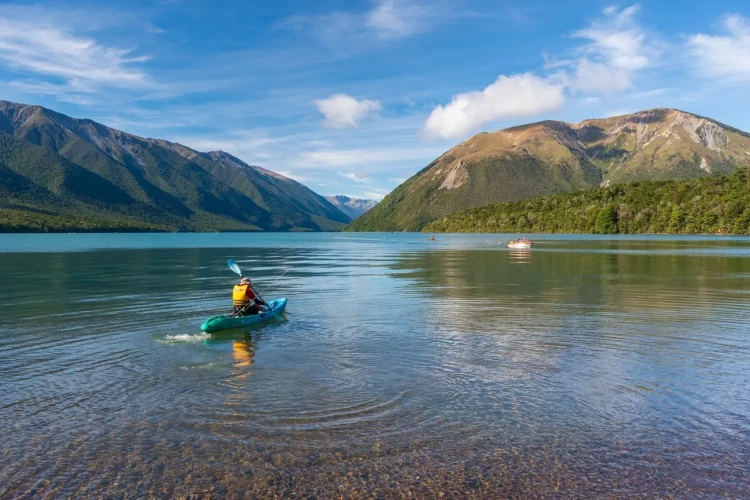
Nelson Marlborough
Population: 150,000
Nelson Marlborough has been dubbed the artistic capital with a thriving urban centre and one of New Zealand's sunniest regions.
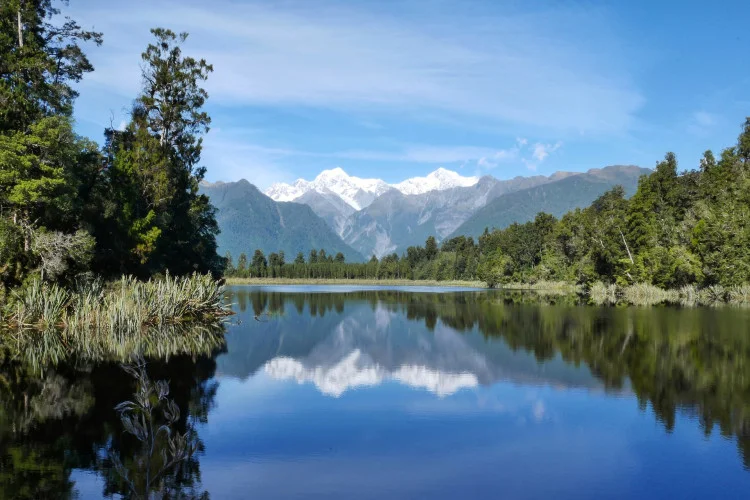
Te Tai o Poutini West Coast
Population: 32,000
Te Tai o Poutini West Coast has views of both the mountain ranges and the ocean! It is an untamed natural wilderness of beautiful rivers and rainforests, glaciers and geological treasures.
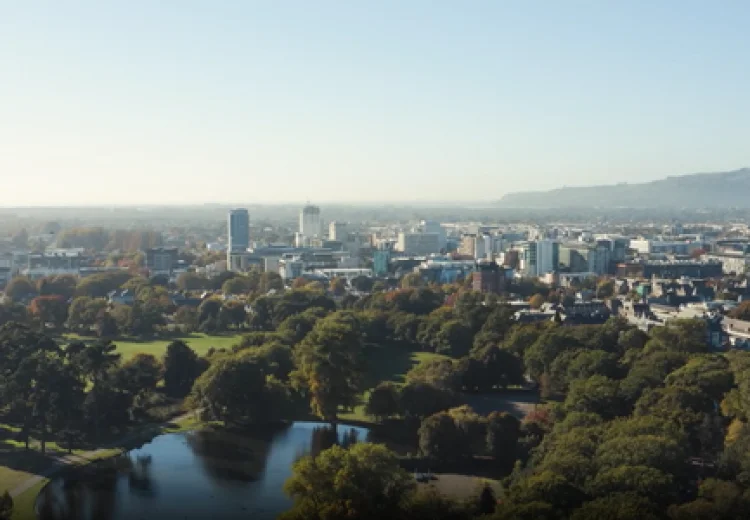
Waitaha Canterbury
Population: 600,000
The Canterbury region is a great place to live and work due to its natural beauty, vibrant economy, cultural diversity, strong community, and high quality of life.
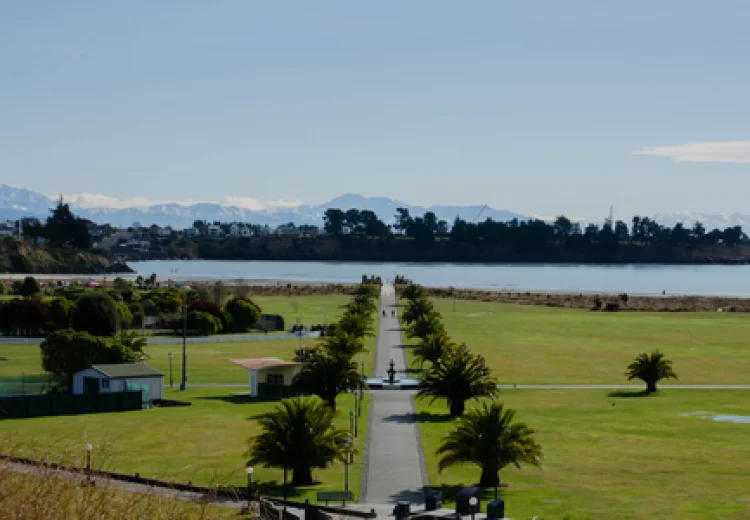
South Canterbury
Population: 62,000
The South Canterbury District is an area of stunning beauty with great lifestyle opportunities, a safe and welcoming family-friendly environment, affordable living, excellent educational opportunities and a wide range of cultural and sporting facilities.
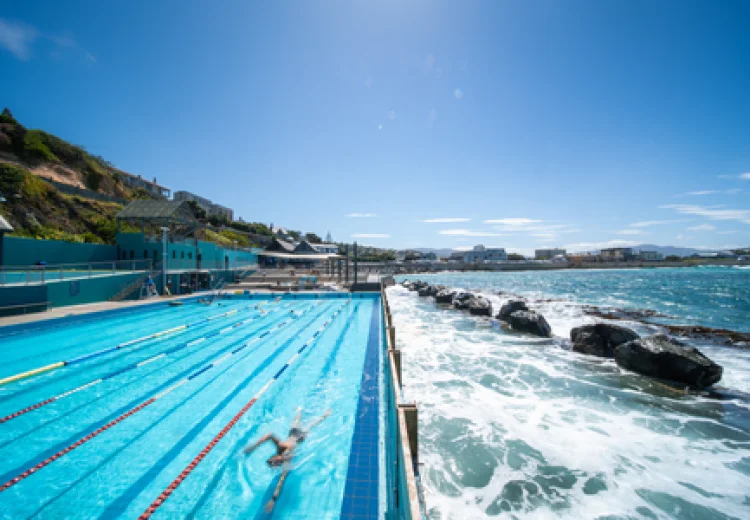
Southern
Population: 350,000
Well known for its beautiful natural scenery, which includes towering mountains, stunning fjords, majestic glaciers, and crystal-clear lakes. The region is also famous for its friendly communities, charming towns, and vibrant cities such as Dunedin and Invercargill.

|
Photo location: Coromandel - Credit: Miles Holden |
Webinar: Resident Medical Officers - Emigrating to New Zealand
Learn about the four steps to emigration for Resident Medical Officers from the Medical Council of New Zealand, Kiwi Health Jobs, Immigration New Zealand and Health New Zealand - Te Whatu Ora's Health Immigration Service.
Listen to Elizabeth - a Registrar who moved here from Germany, talks about what she loves the most about living and working in New Zealand.
We'd love to help, reach out to us!
Moving to New Zealand - Aotearoa is a fantastic opportunity and a big step, we're here for you! Our dedicated team is here to provide guidance and support throughout your journey, so don't hesitate to reach out if you have any questions.
